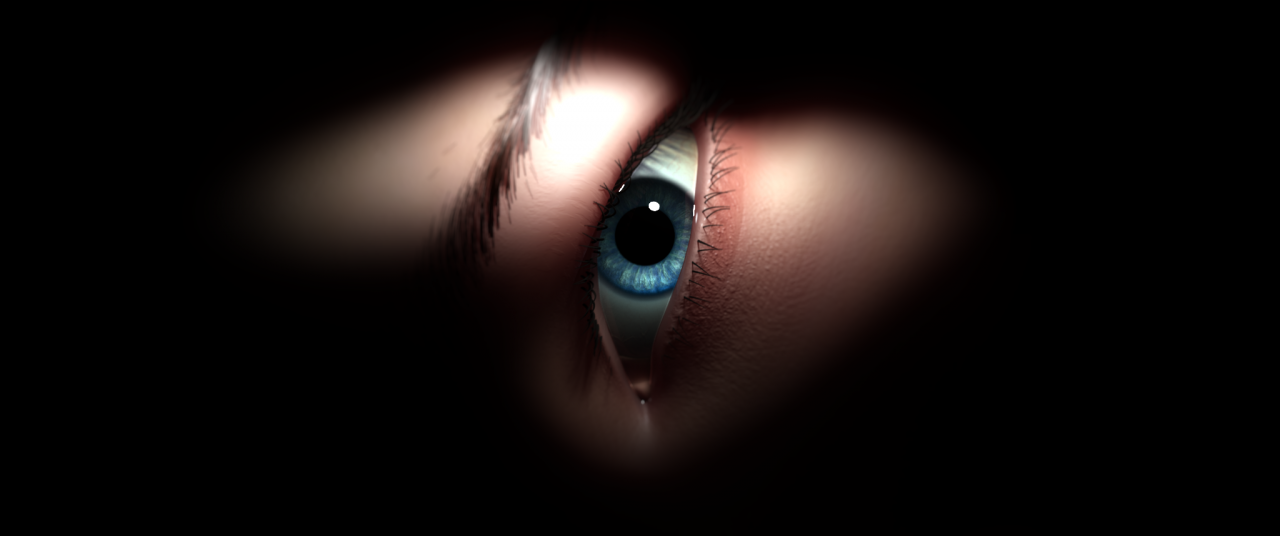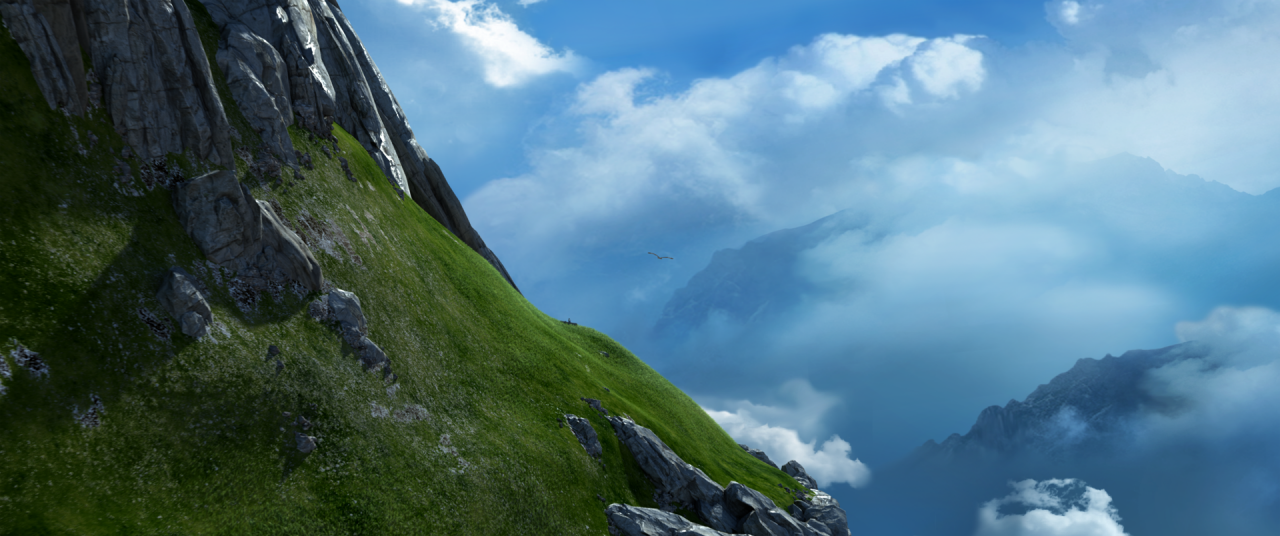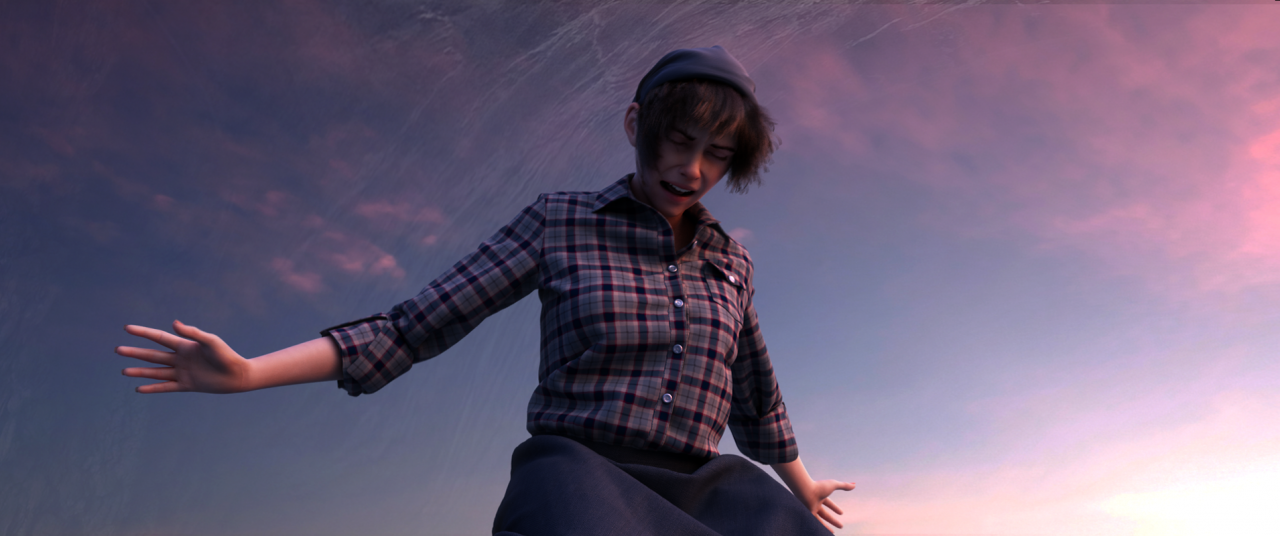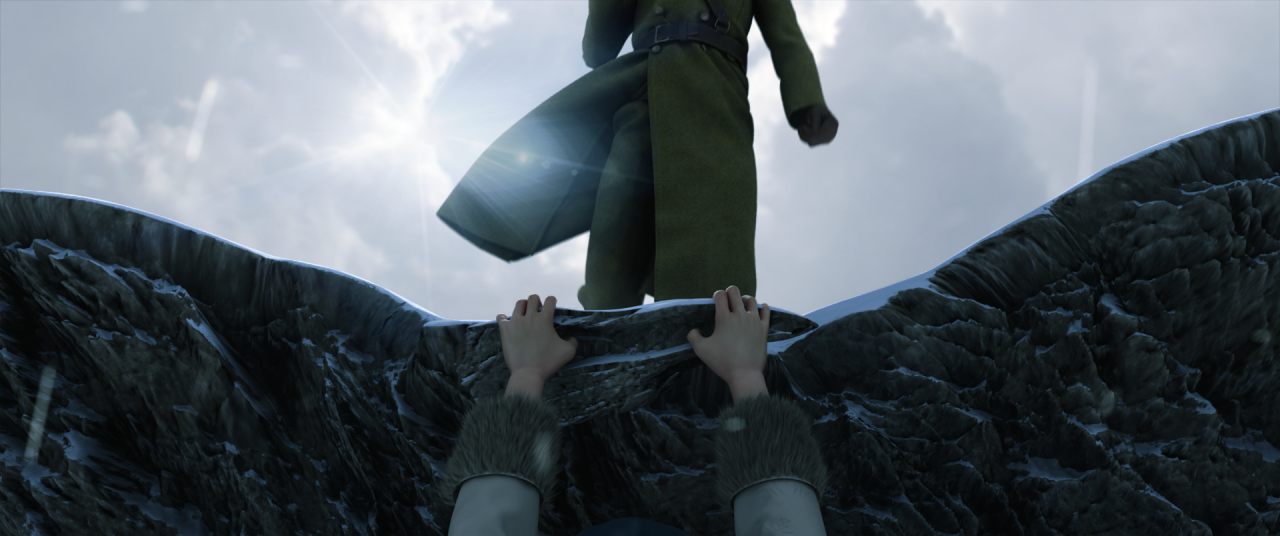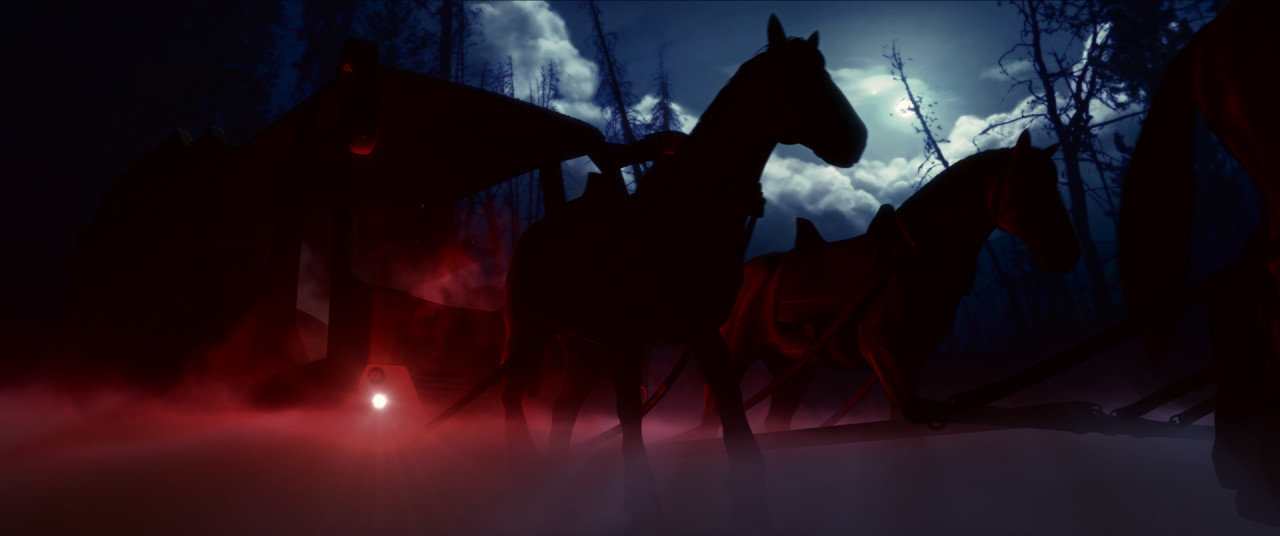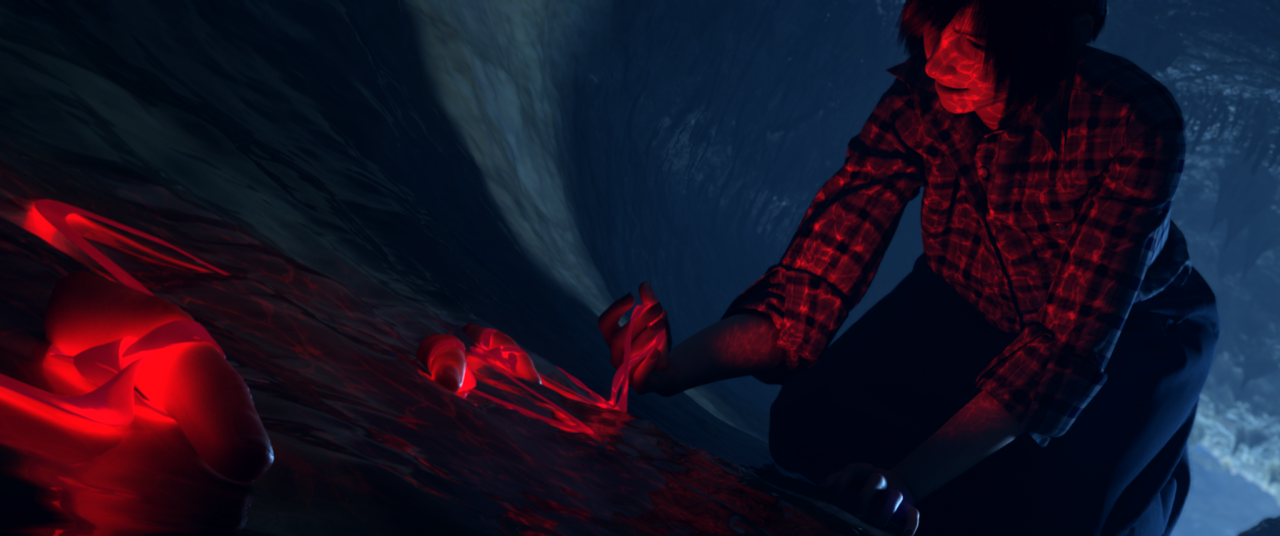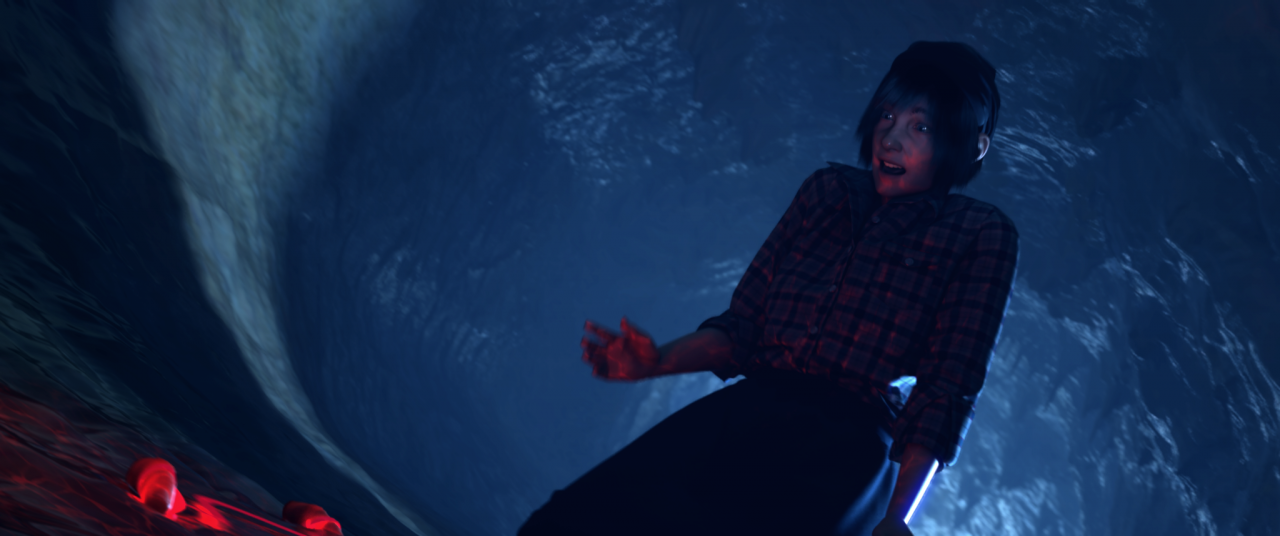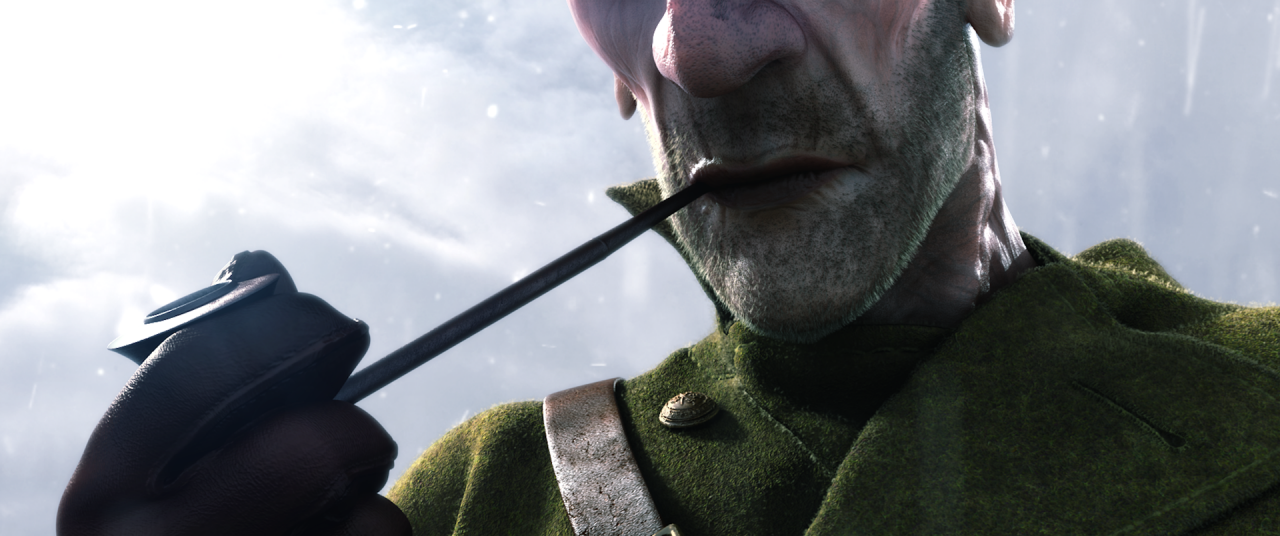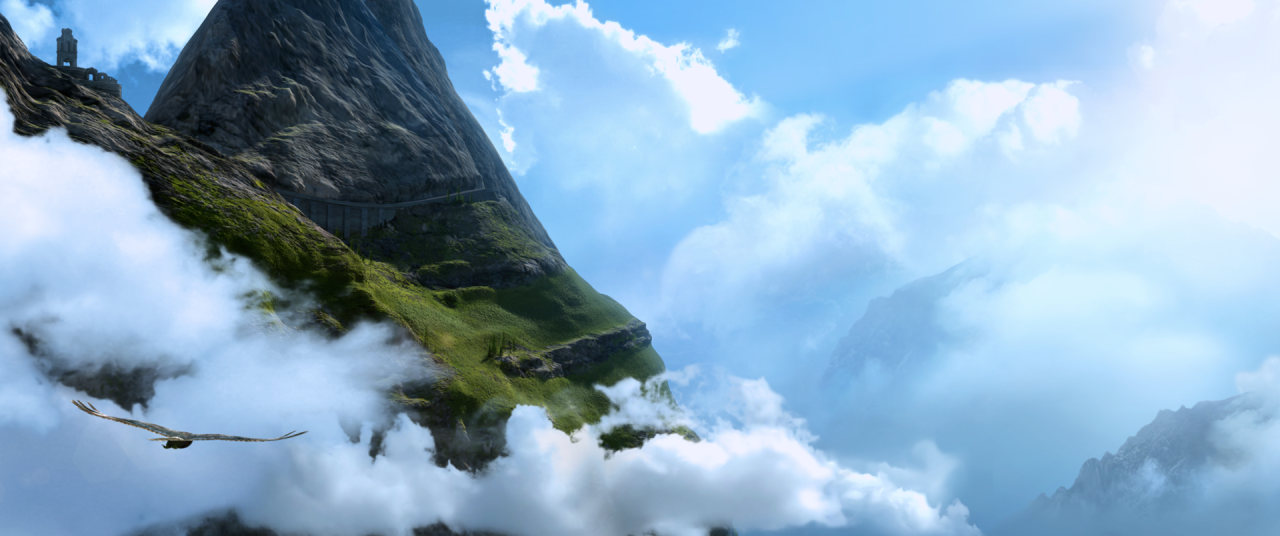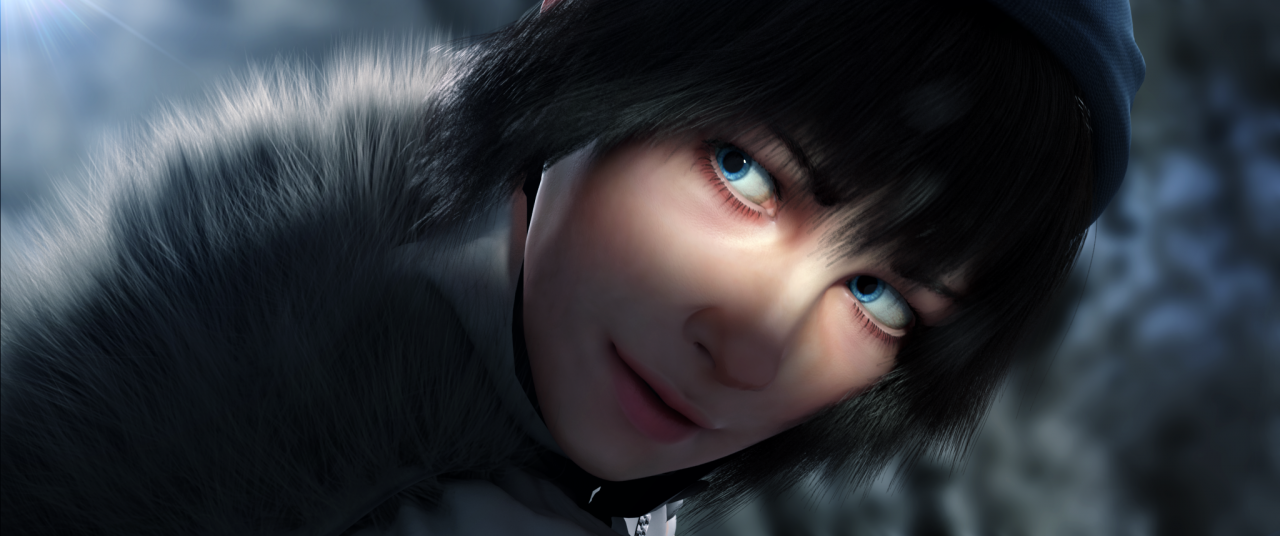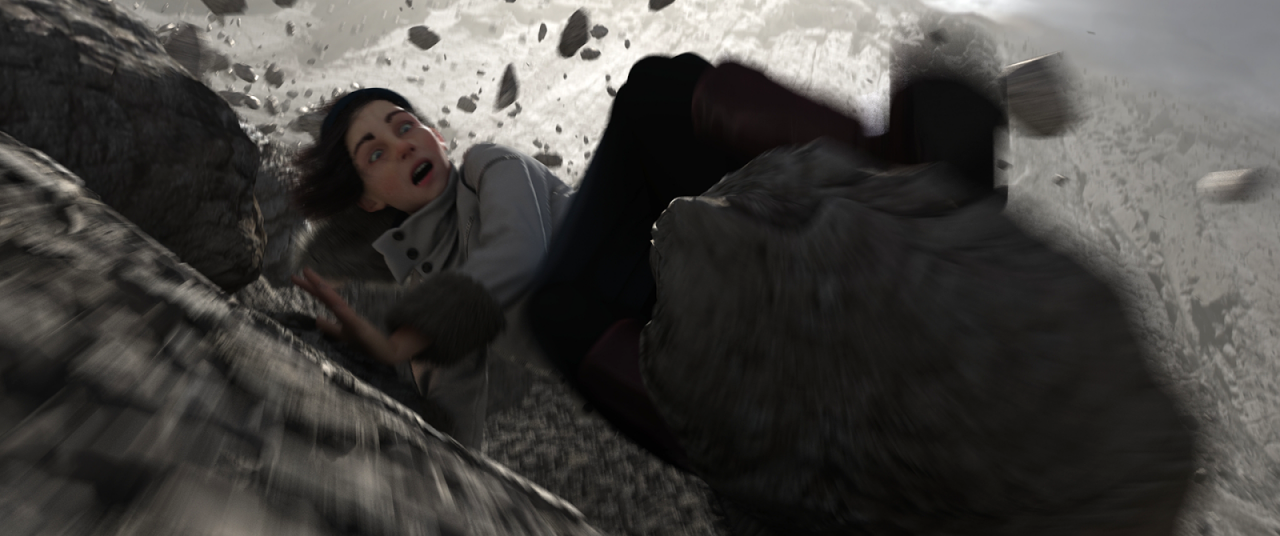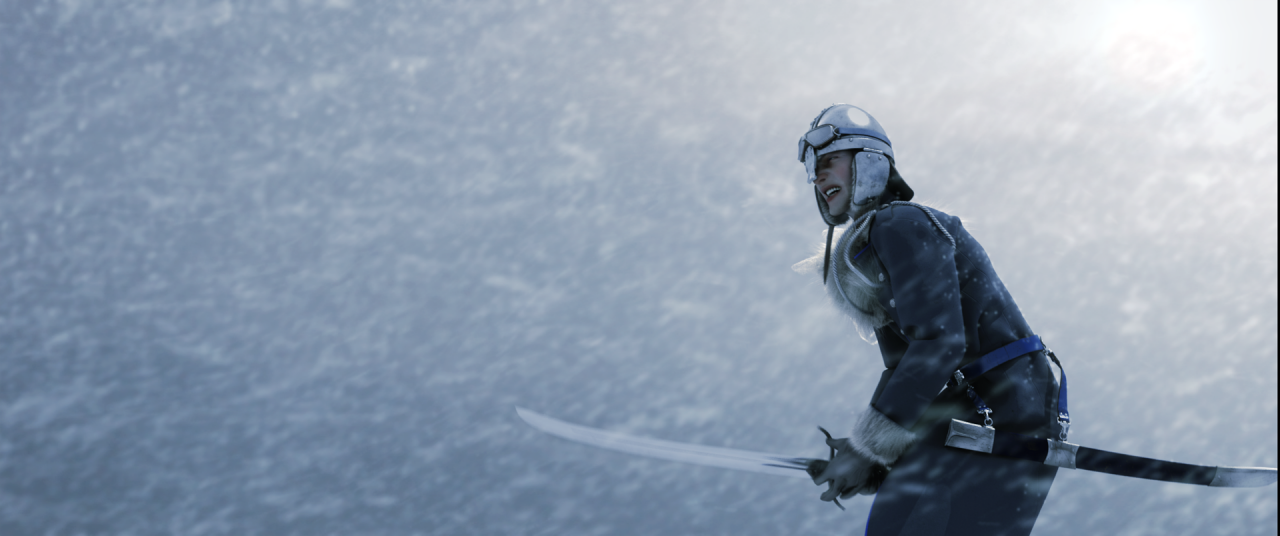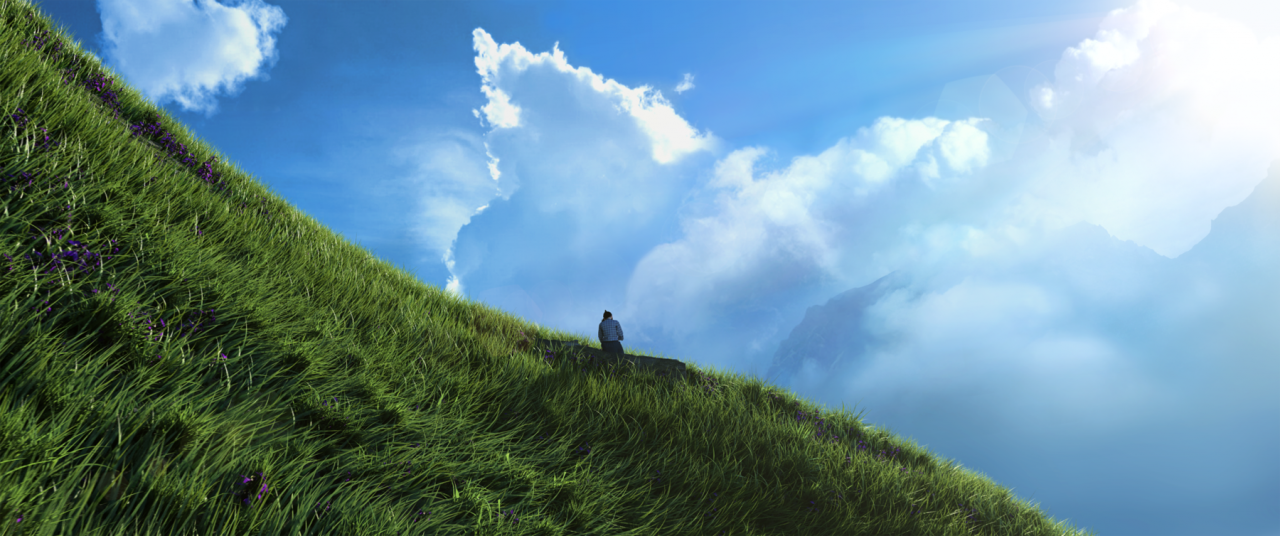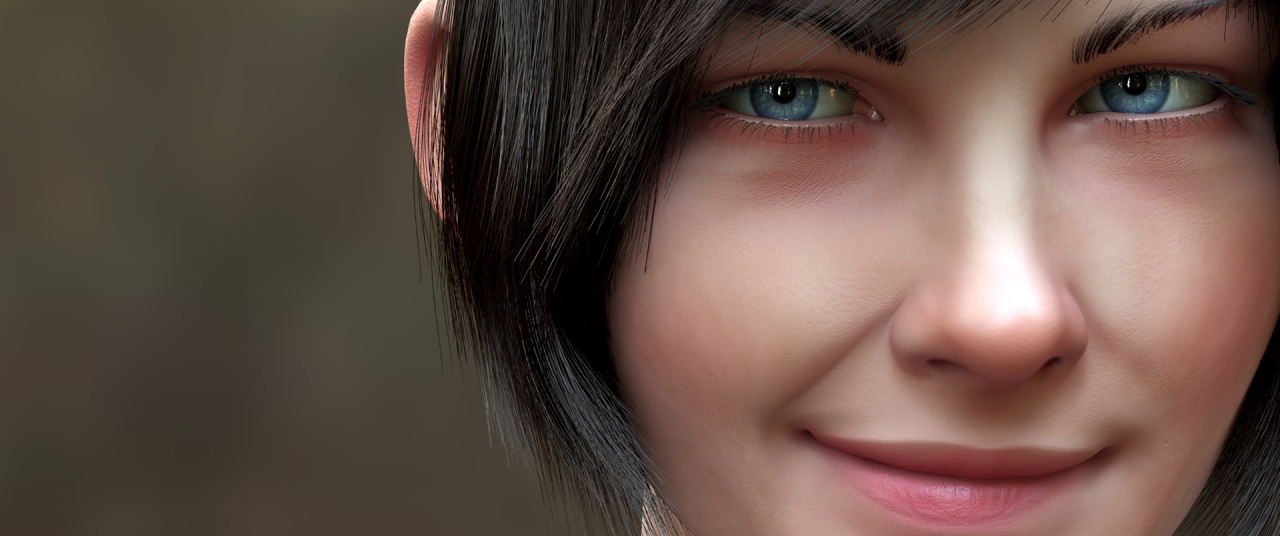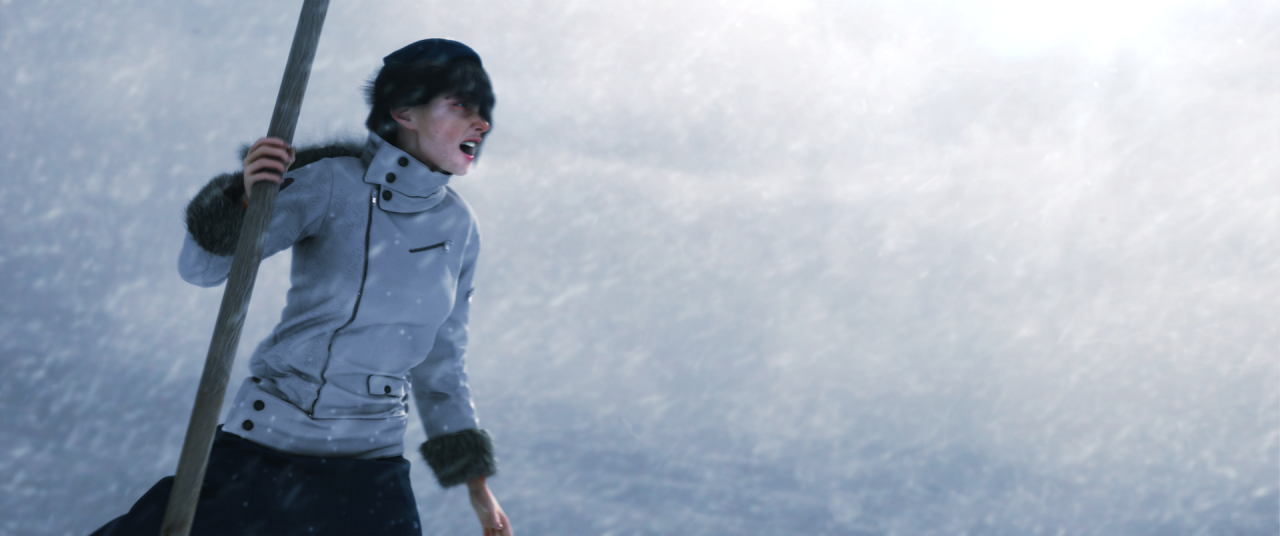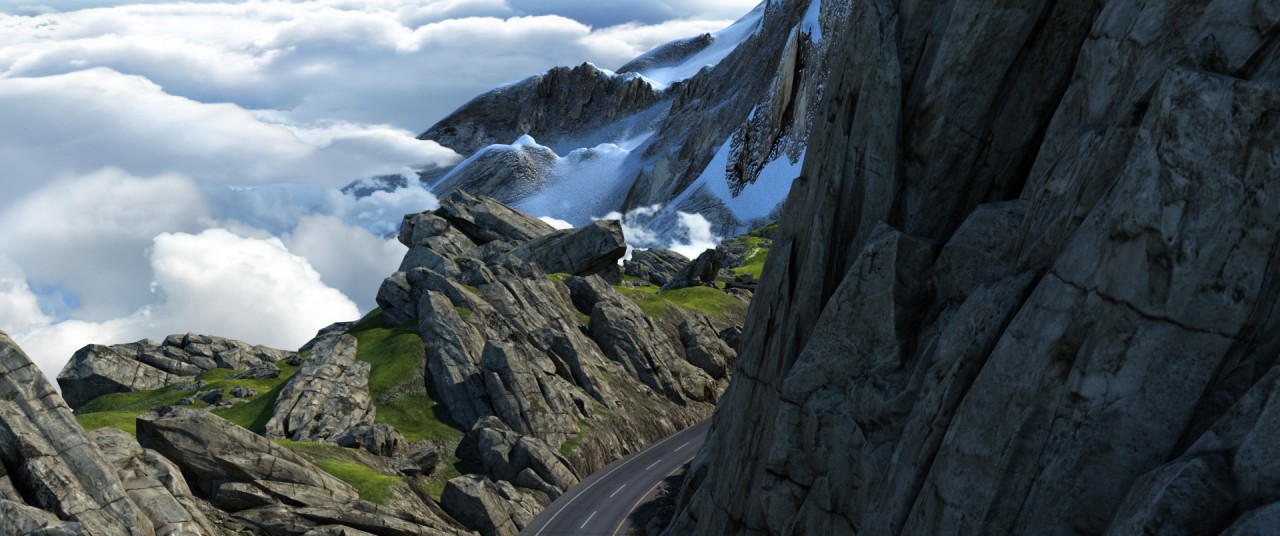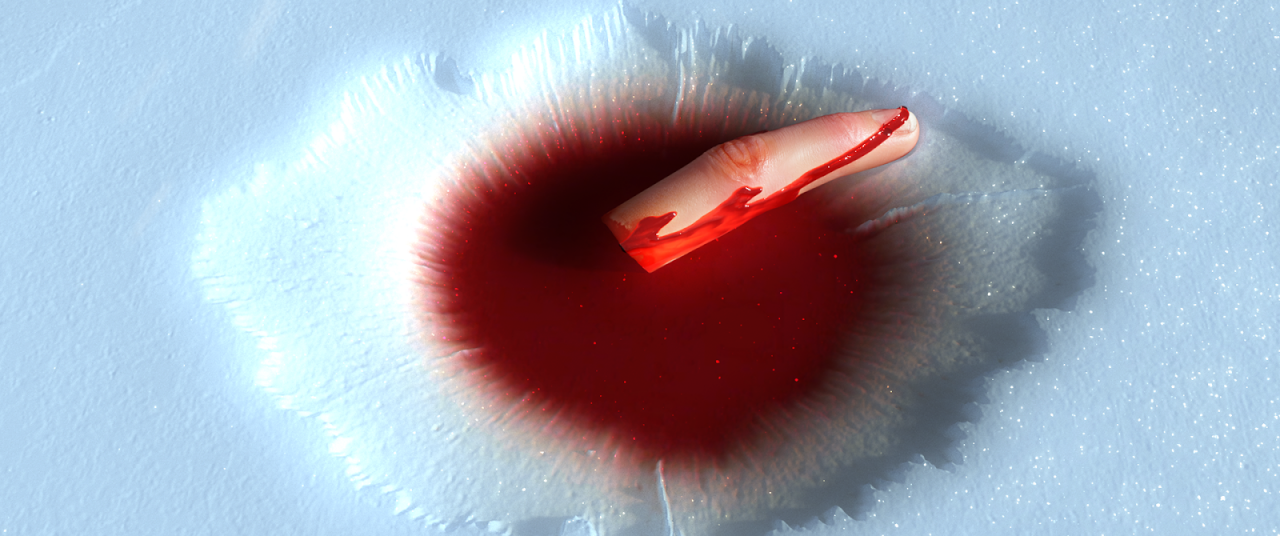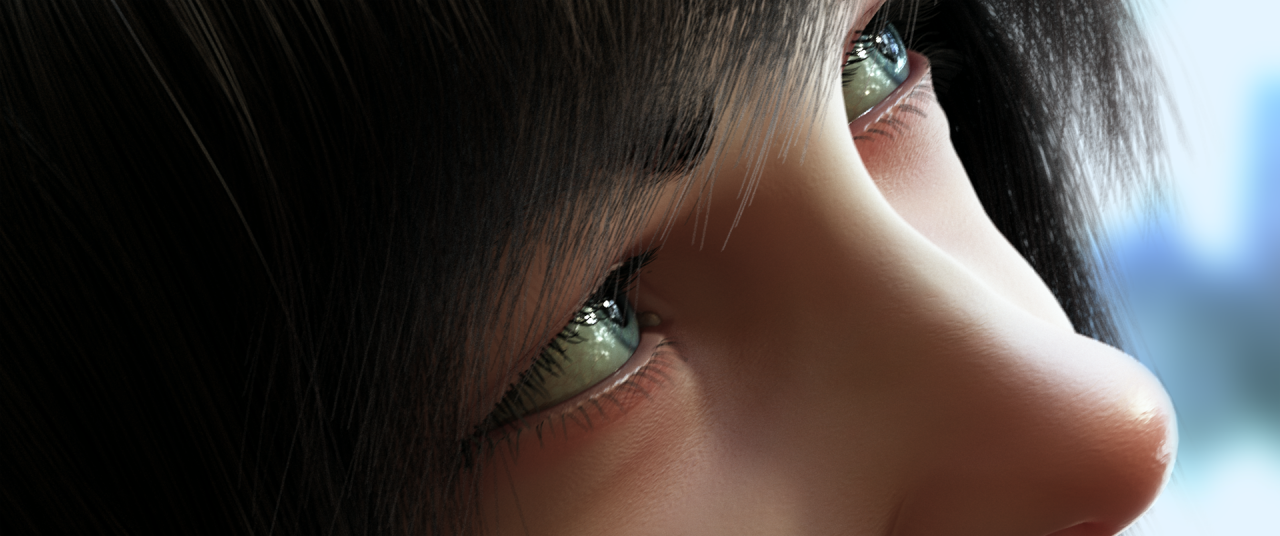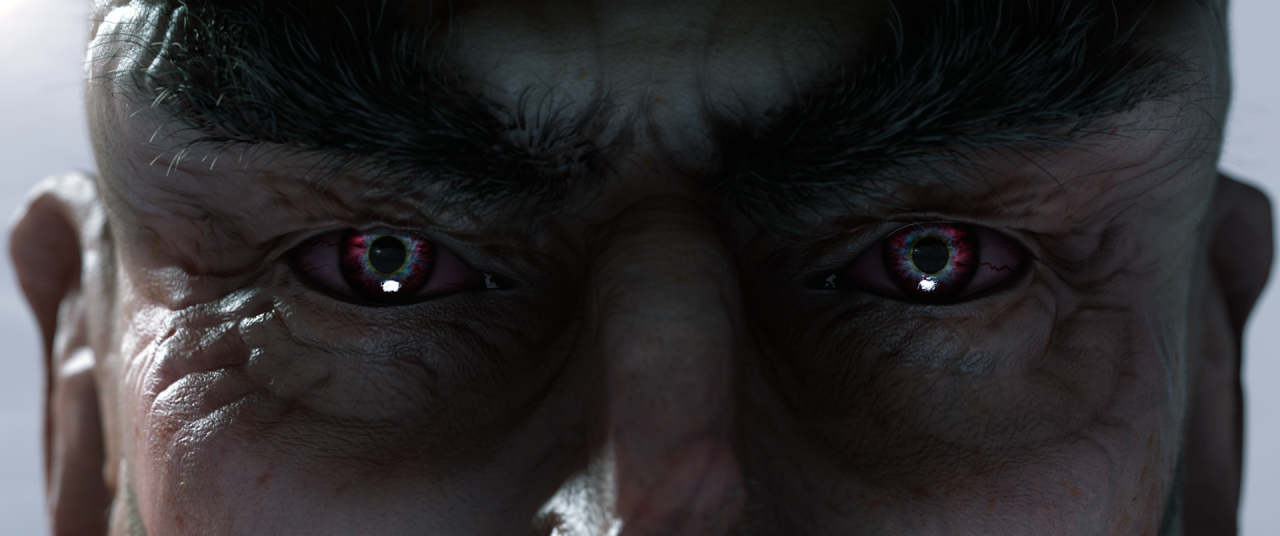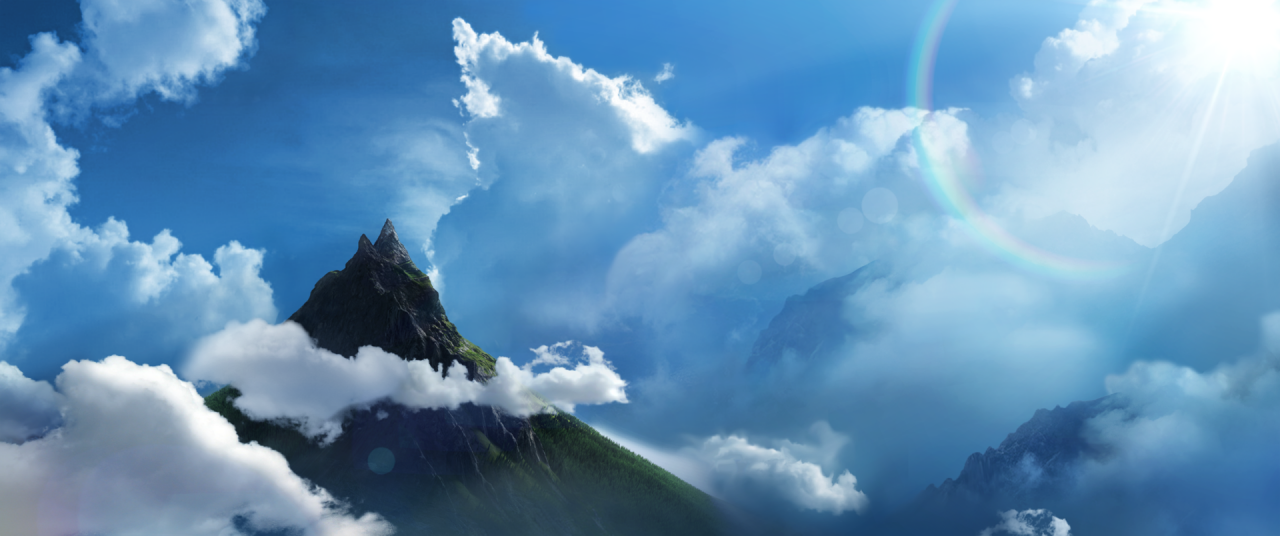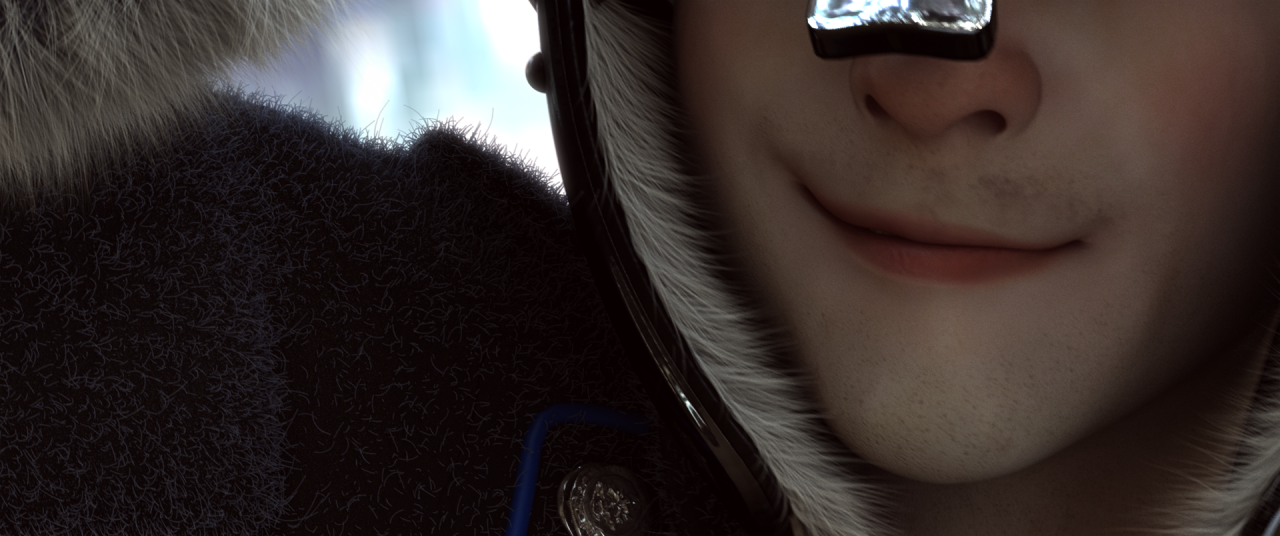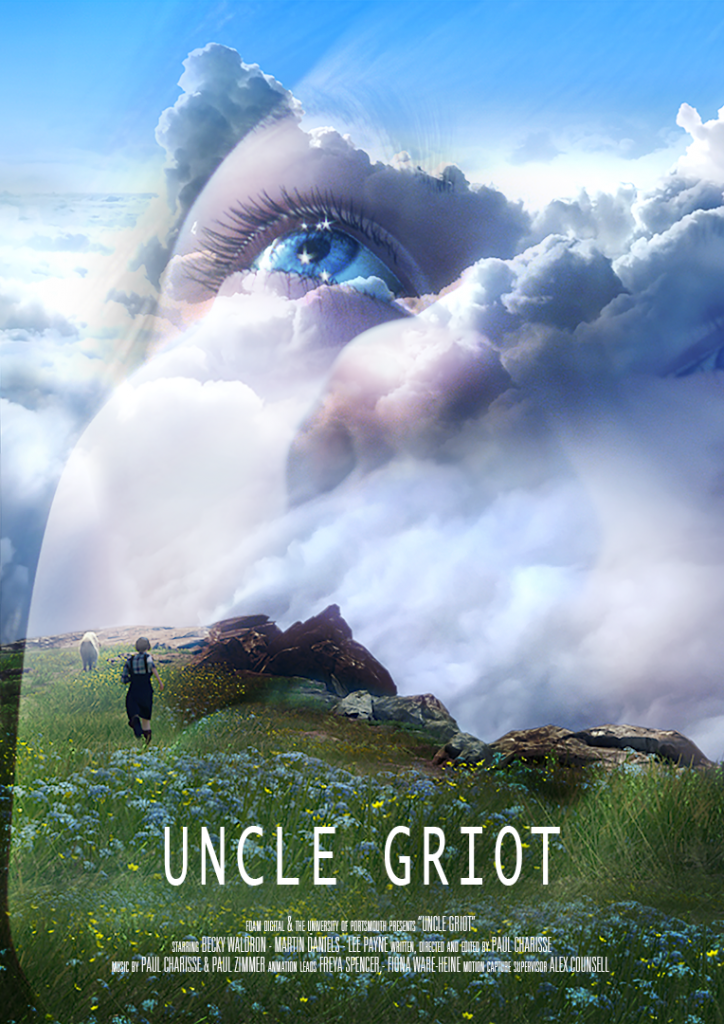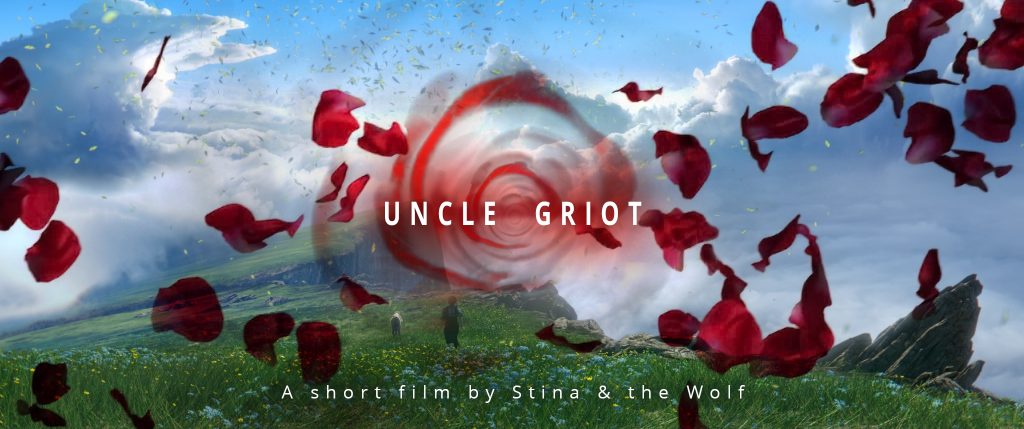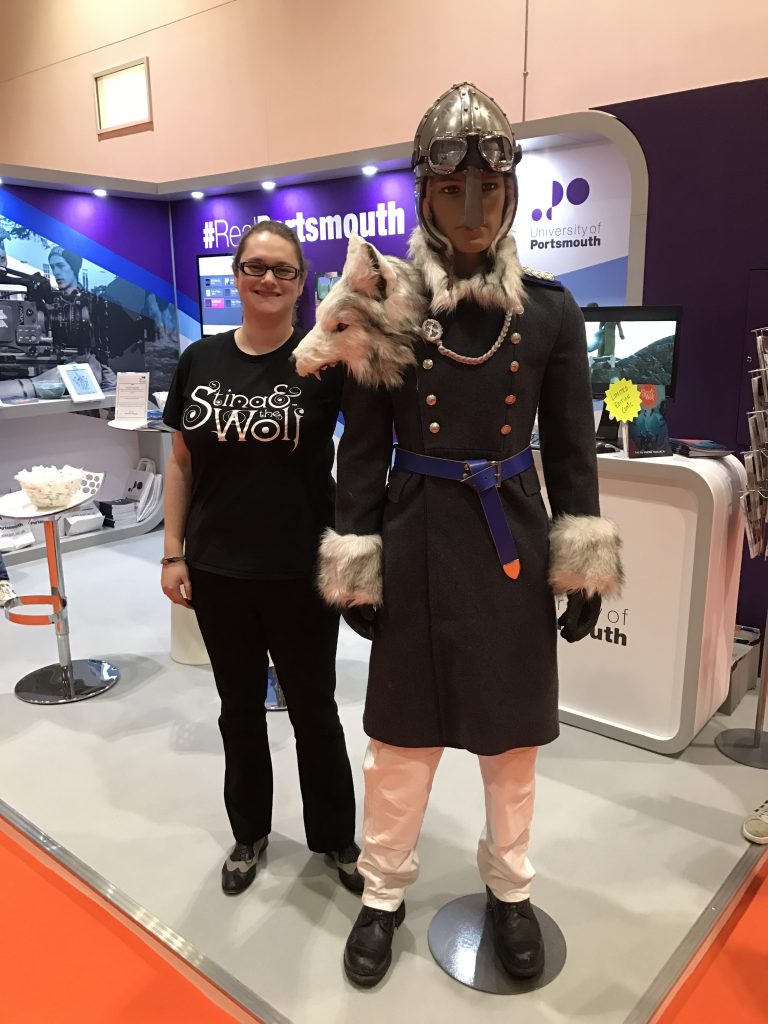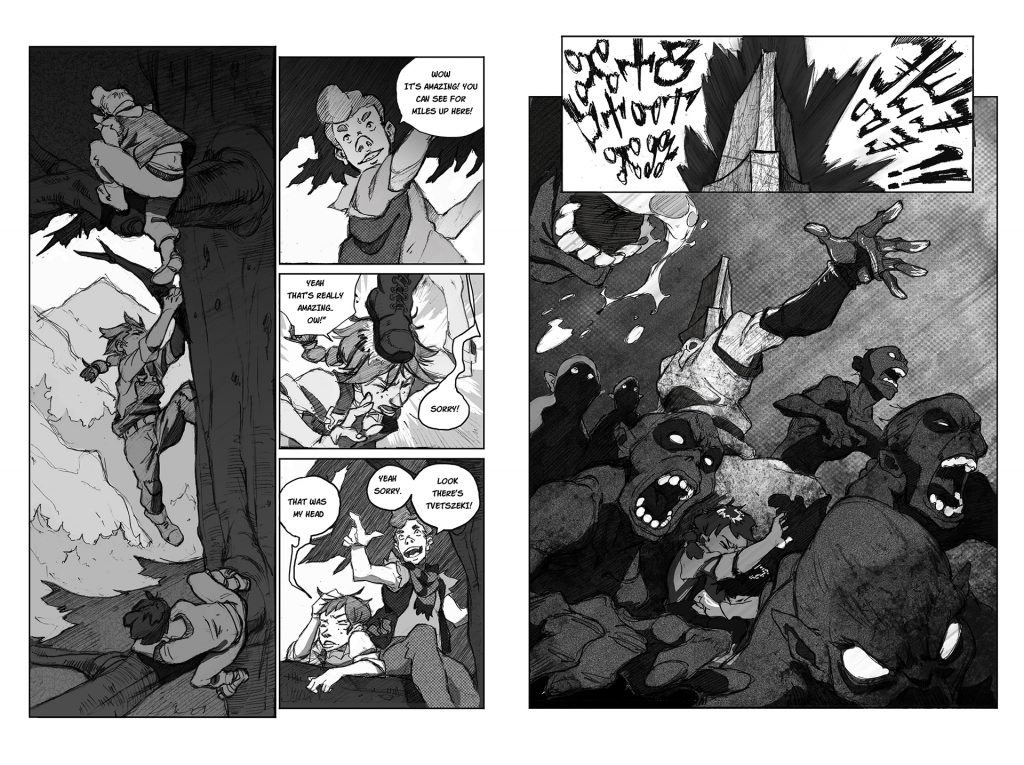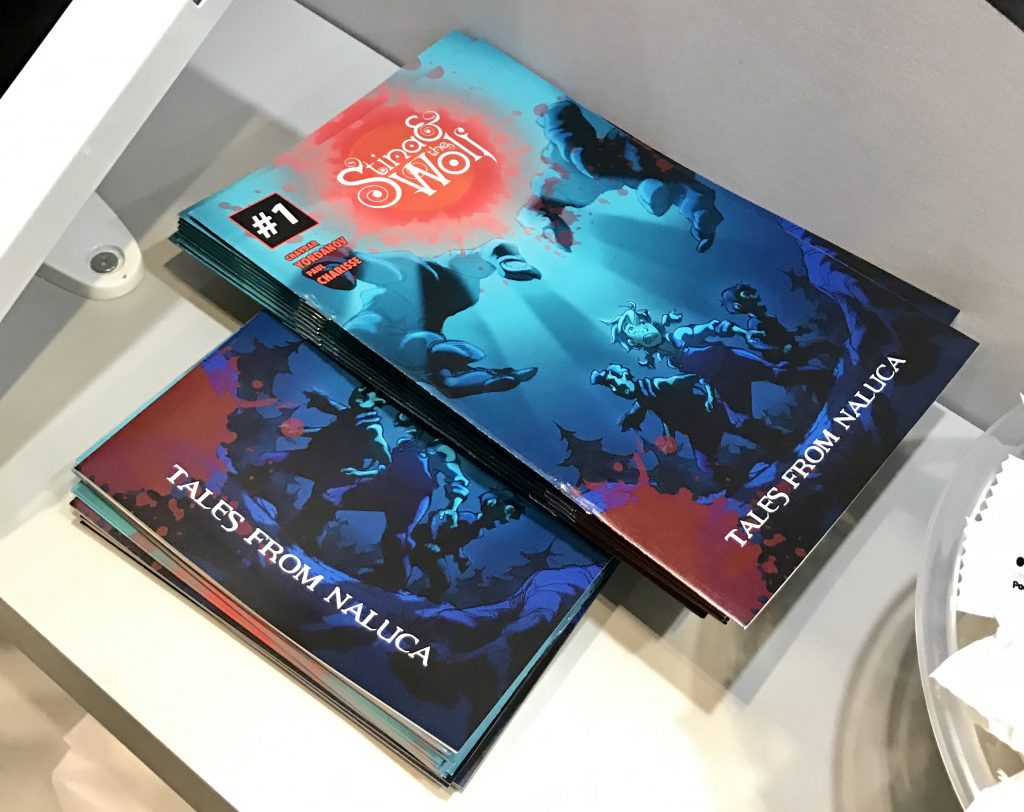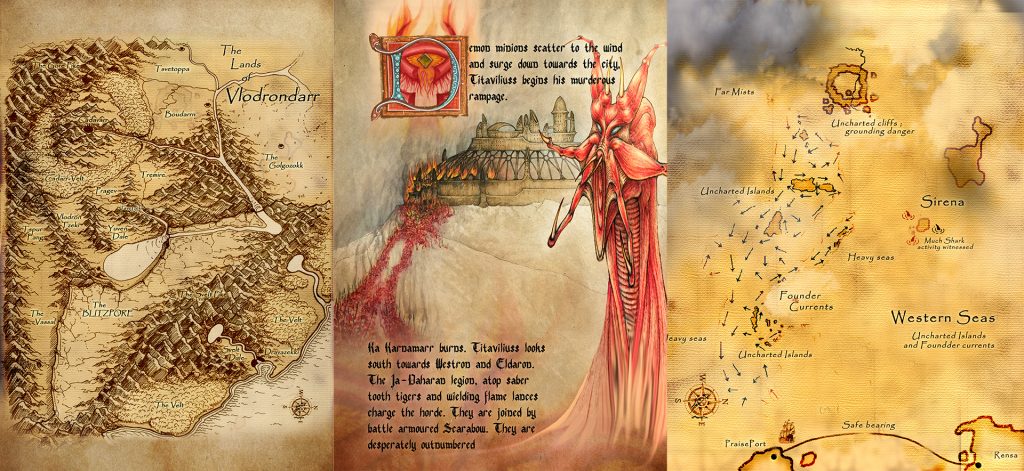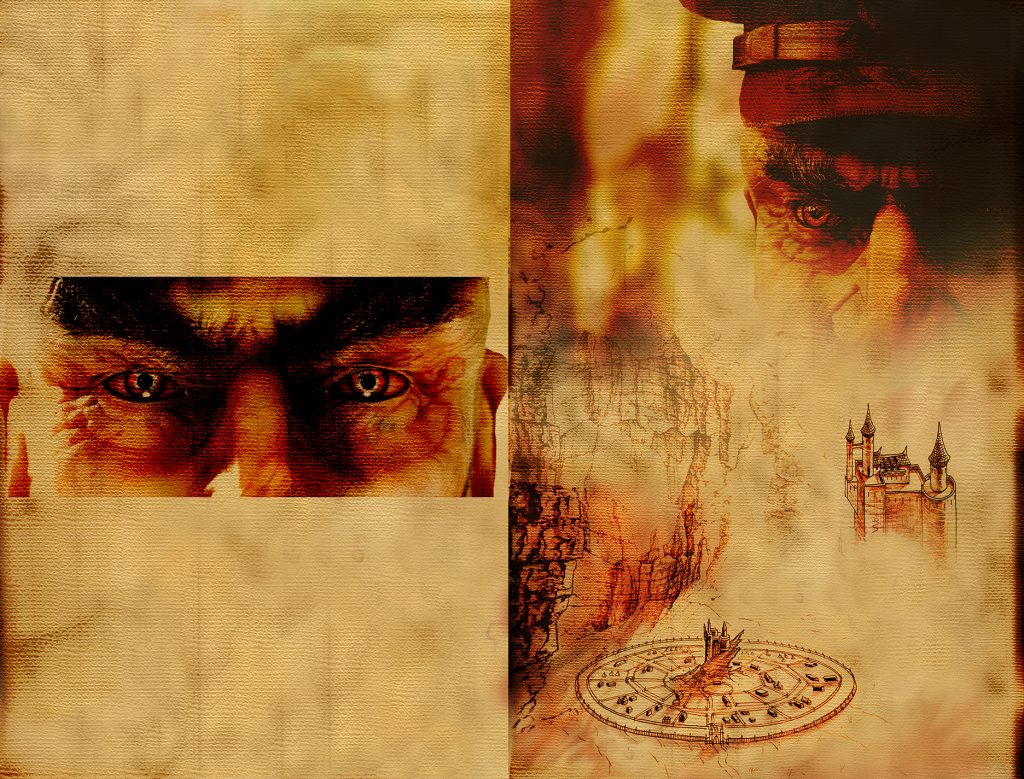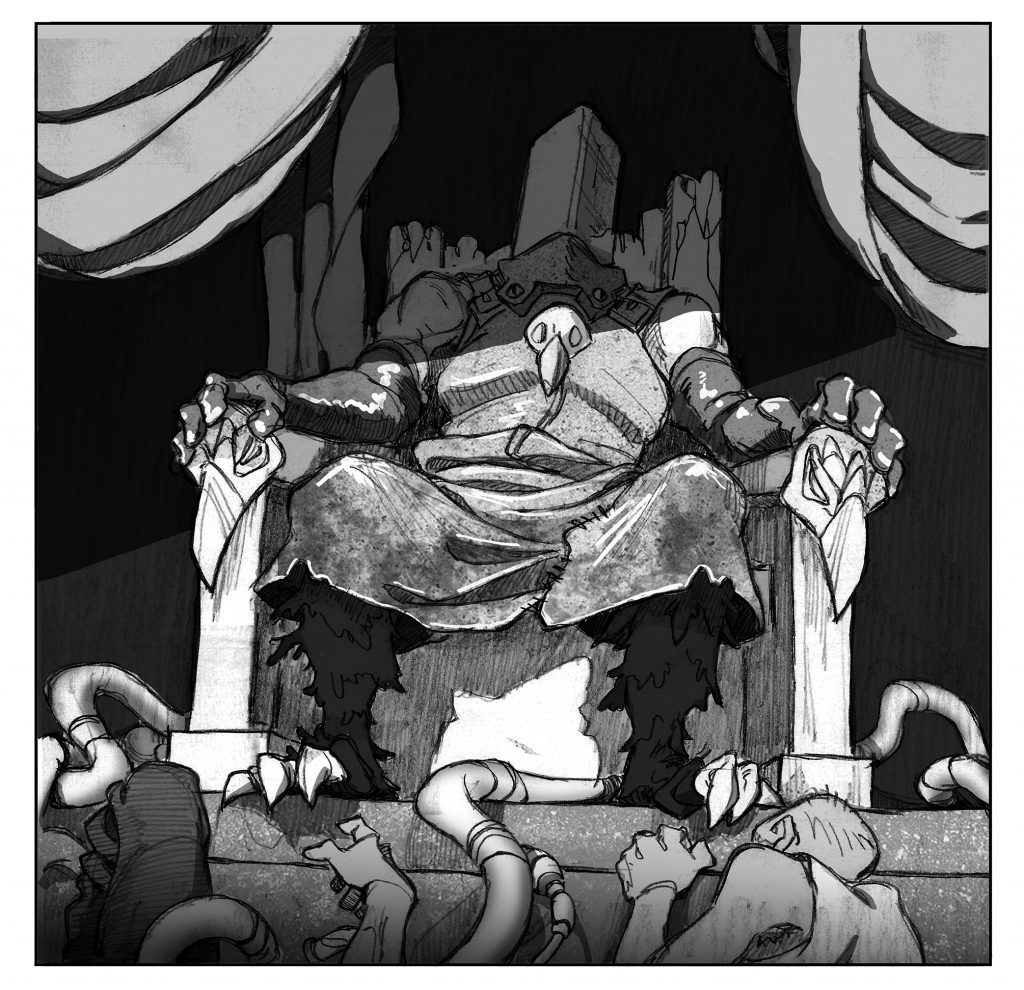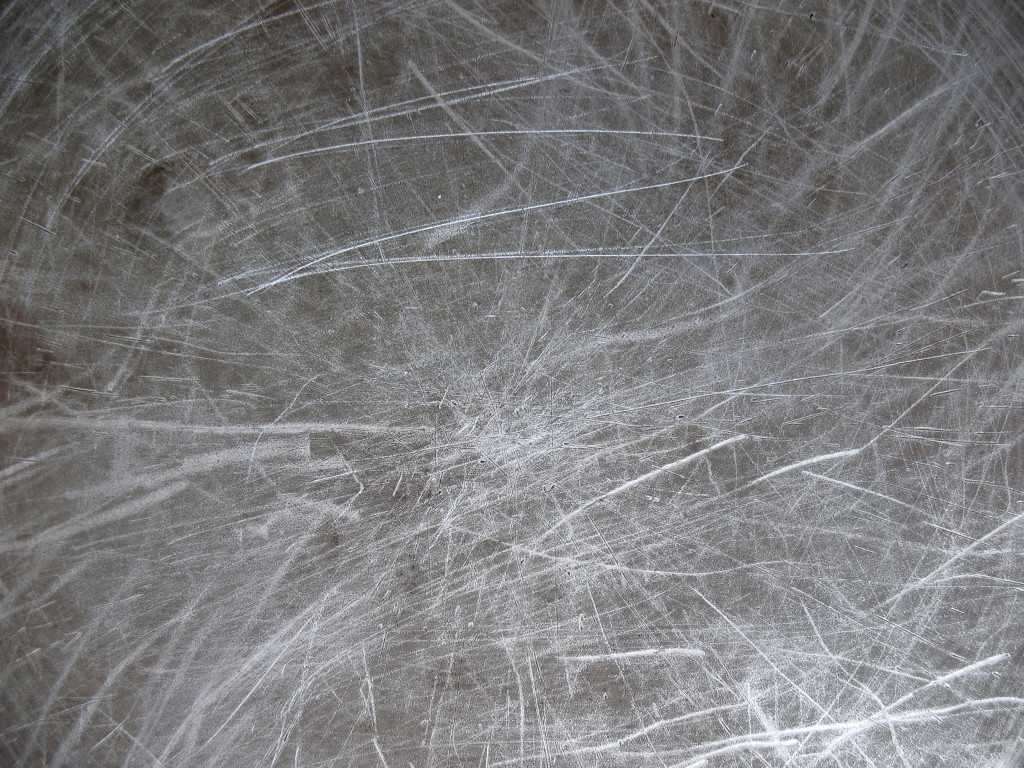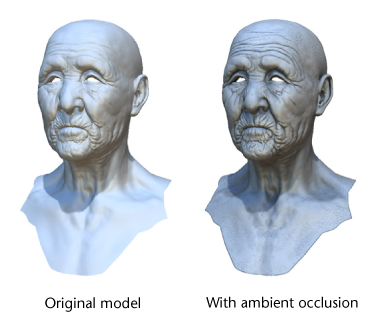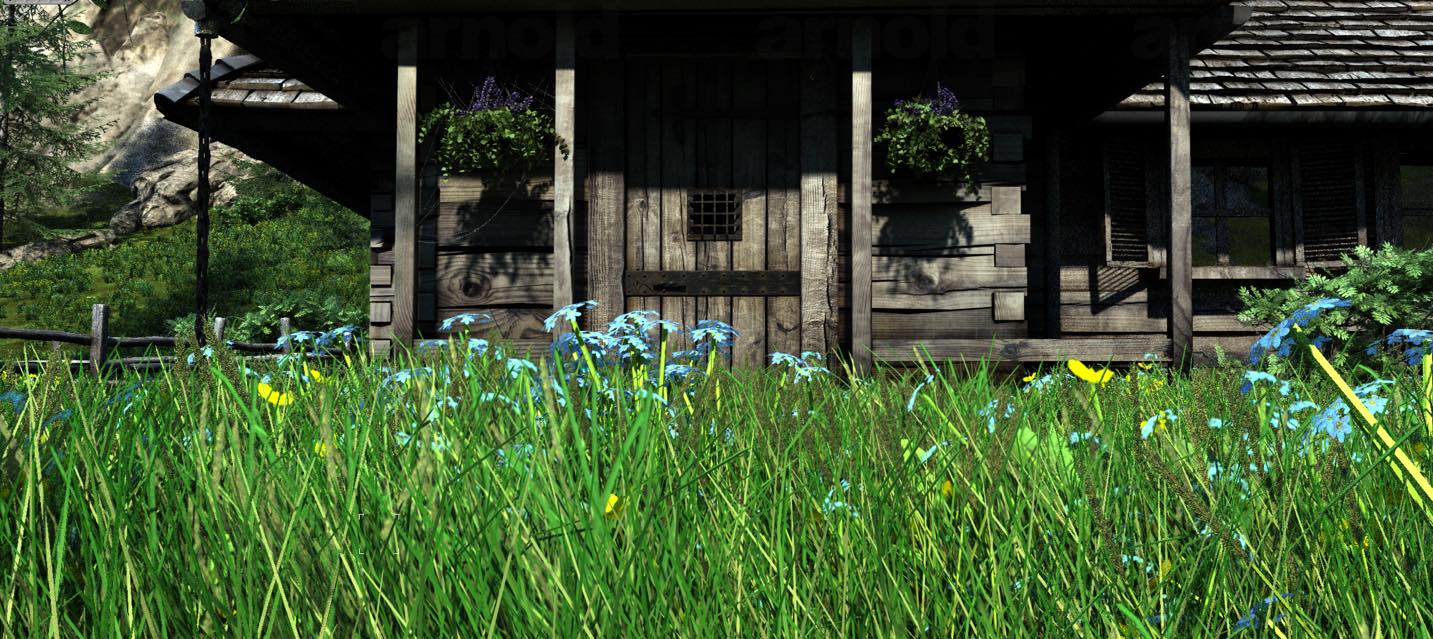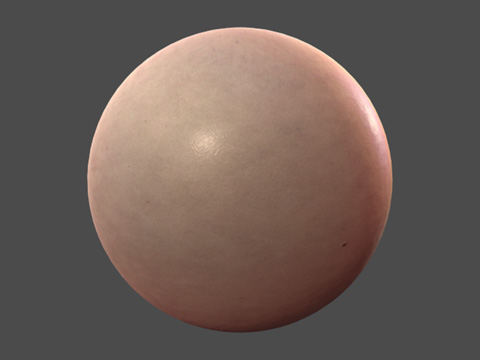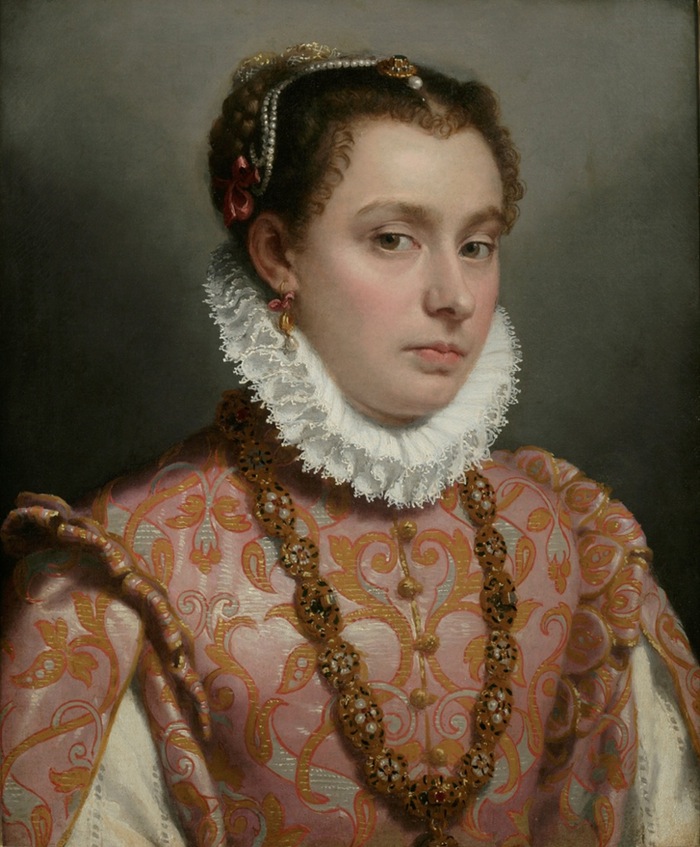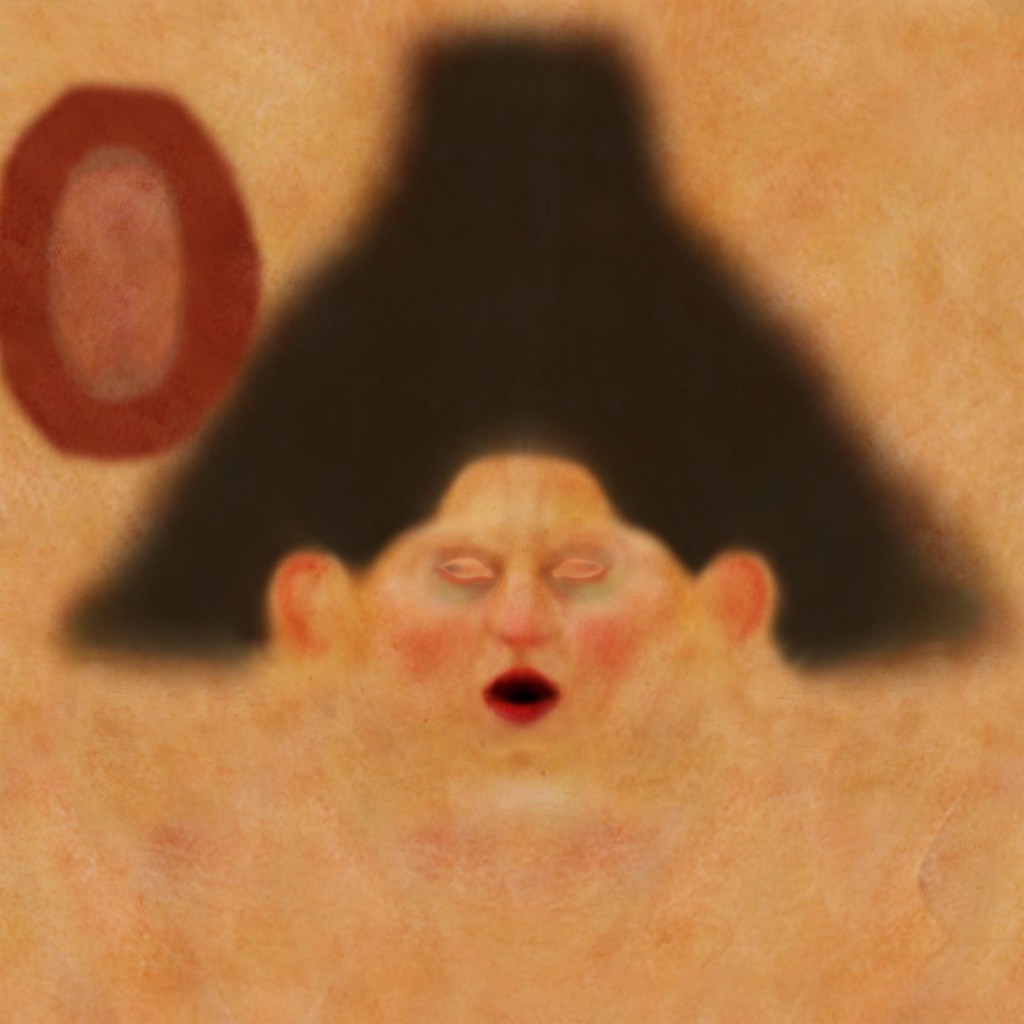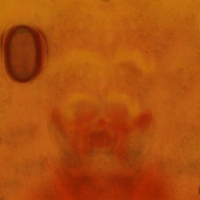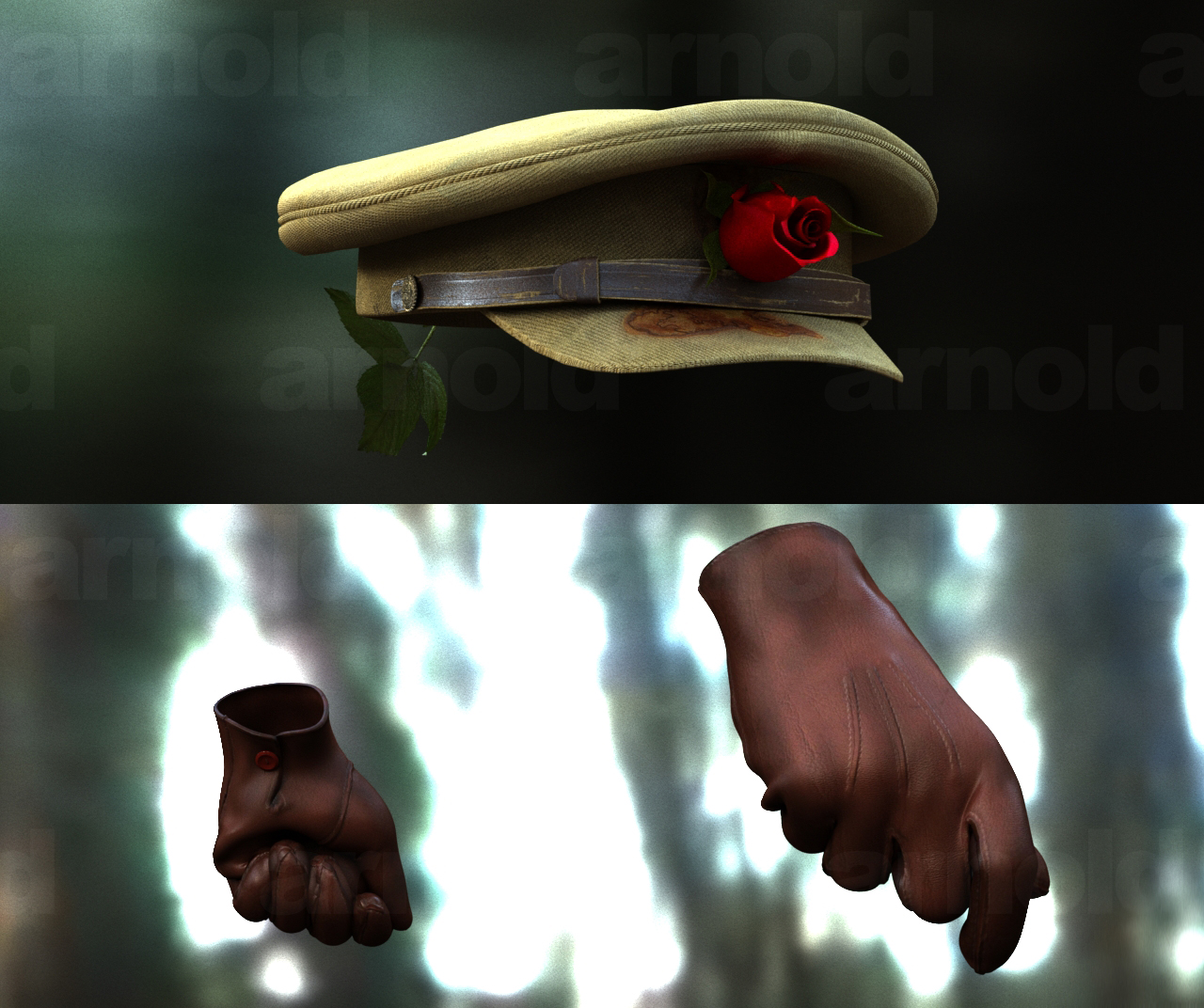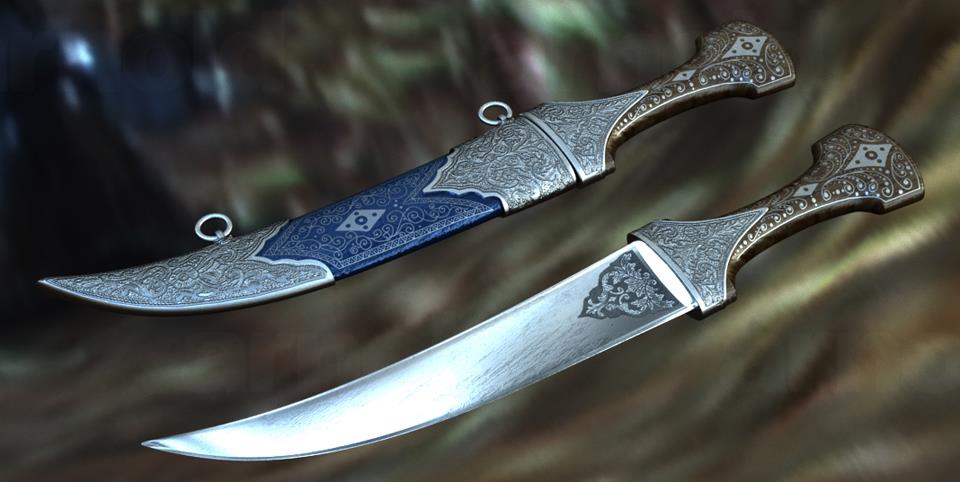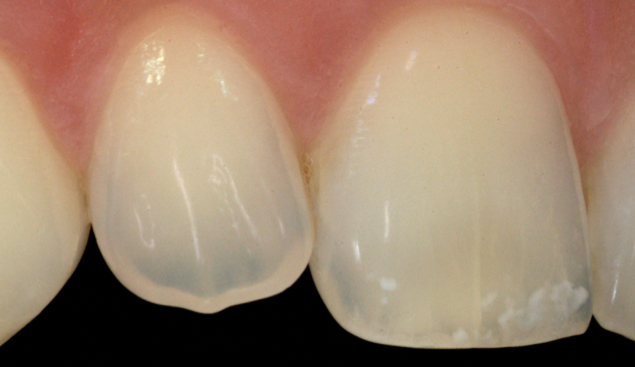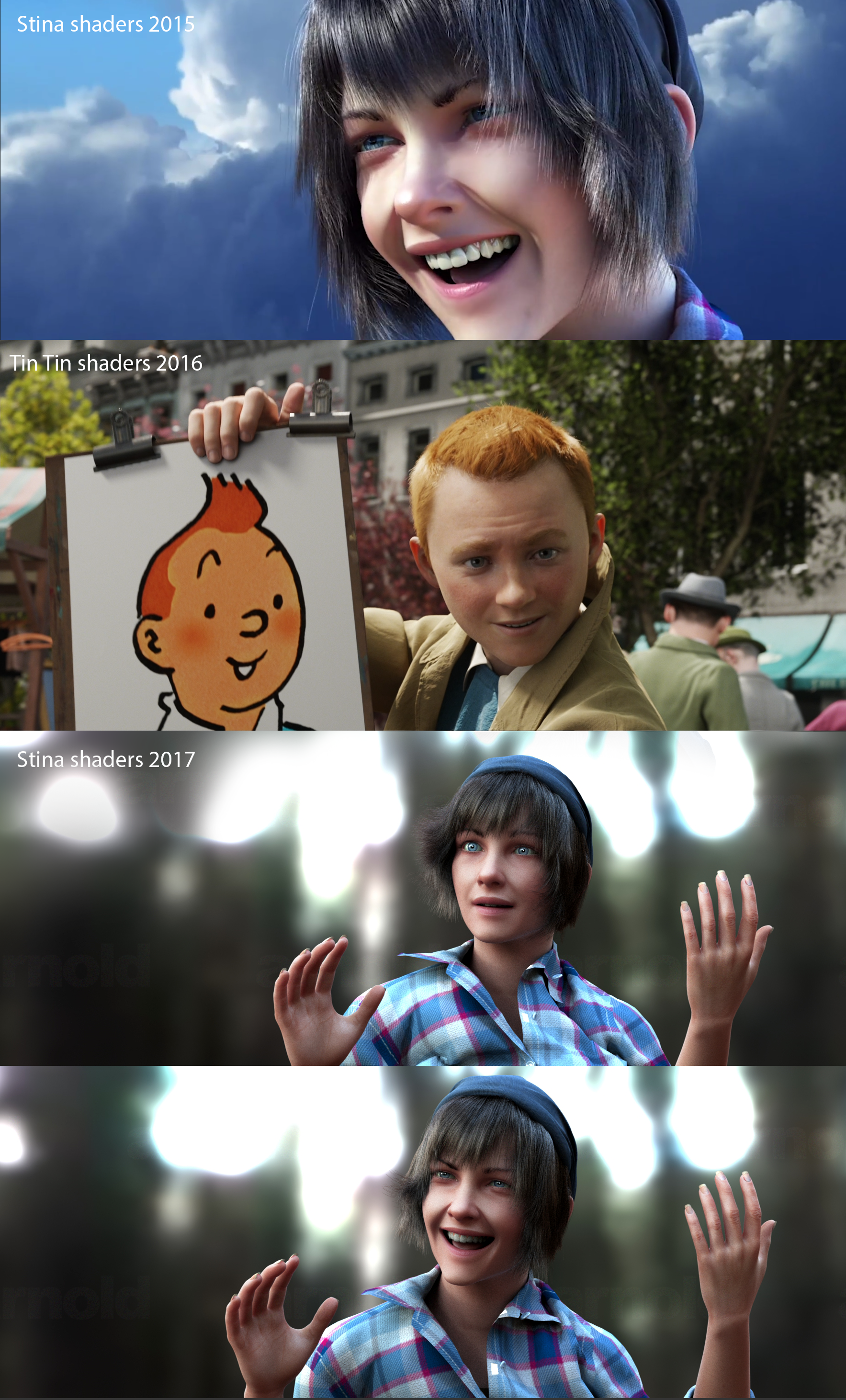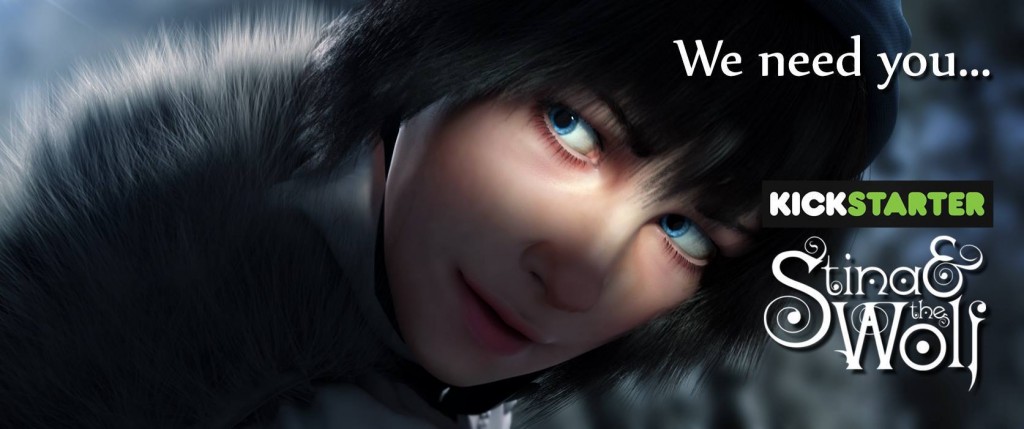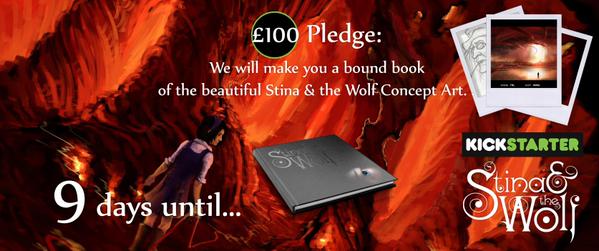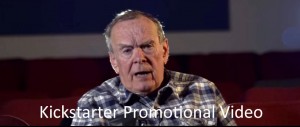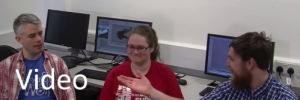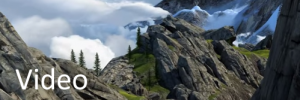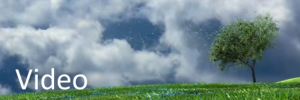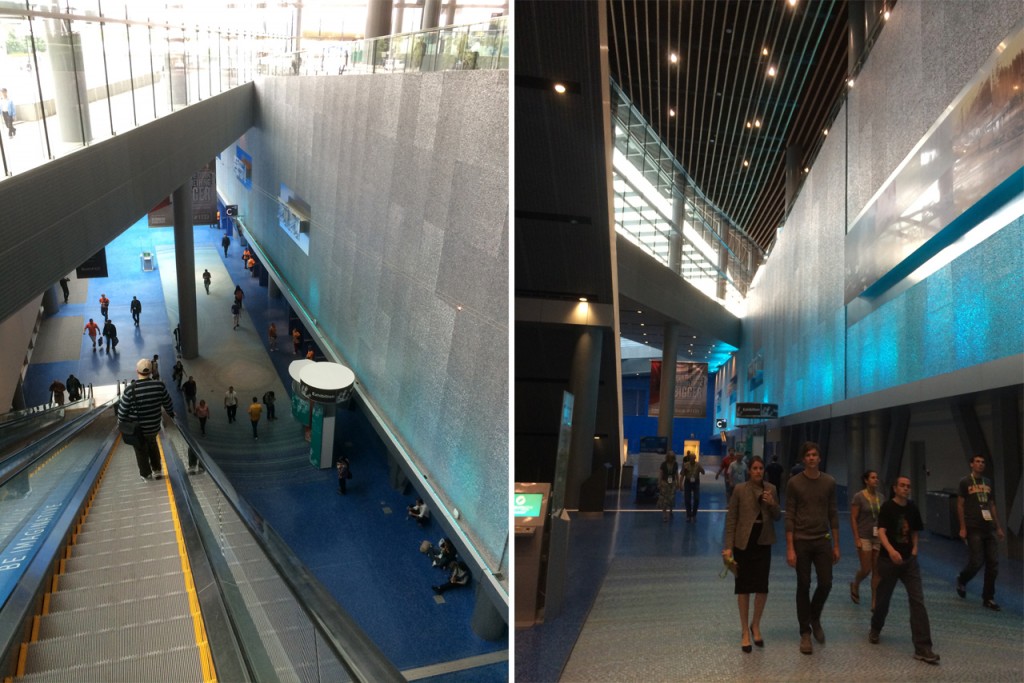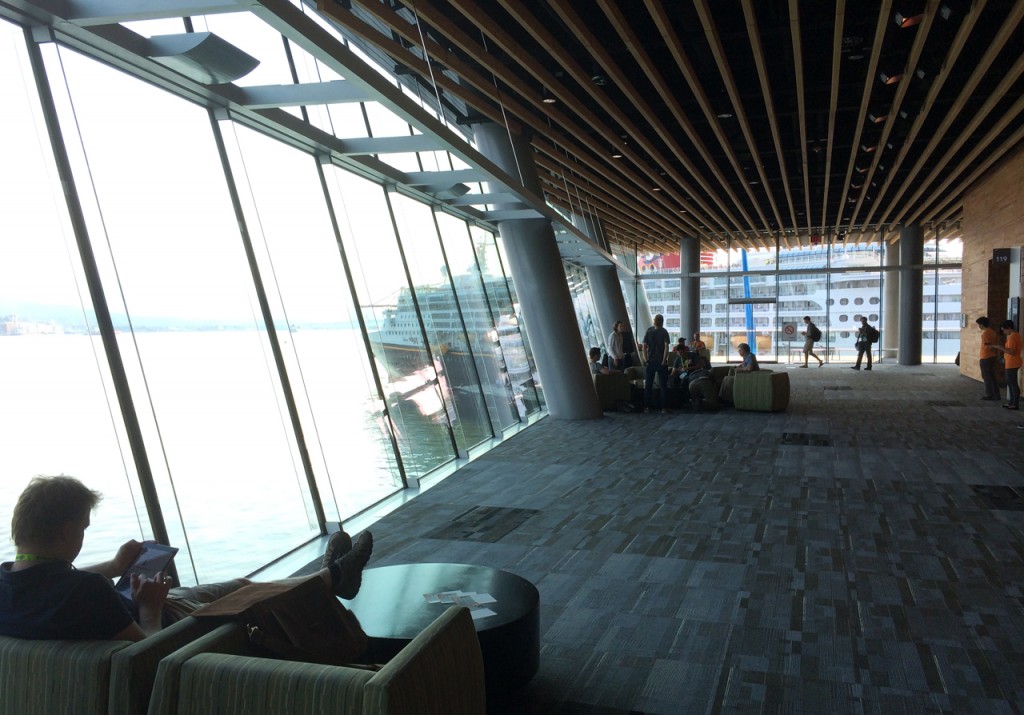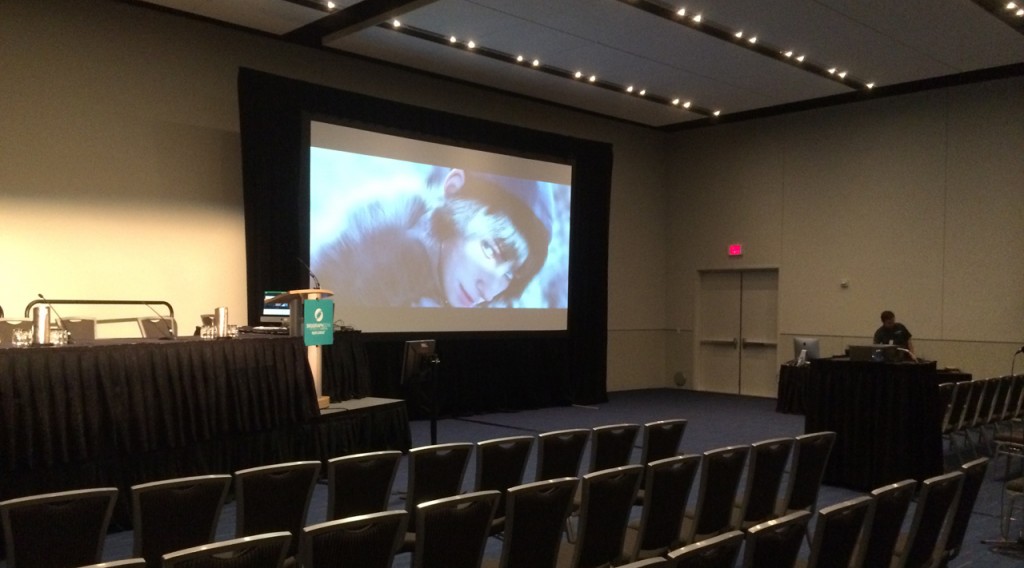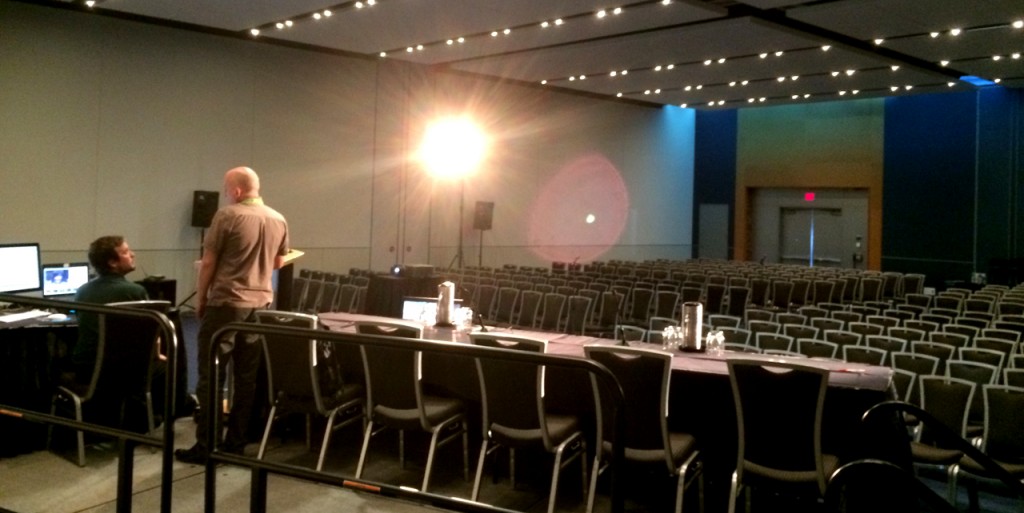Finishing our short film “Uncle Griot”
Just a quick post to say our short film “Uncle Griot” has finally been finished. Here’s our first stab at a poster for it:
It’s been a slow and sometimes tortuous process as we choose a particularly difficult combination of elements to animate. Basically everything moved; the grass moved because of the storm, Stina’s hair flicked, the cloth moved, the faces moved; one of the stars of the short is totally covered in dense hair that had to react to his body and the wind, the trees rustled, the leaves flew around and the clouds moved. This sort of stuff is all par-for-the-course in feature production, where you have multiple departments all tied together with a coherent pipeline supported by tools programmers. But when you can count the number of VFX artists working on it on one hand, it can become tricky getting it all done efficiently and in a decent amount of time. The effort was all worth it in the end though and we’re very excited about the final result. It offers a brief but rich slice of life in Stina’s universe. We spent the whole summer rendering the assorted passes and composited them as we went, finishing the final edit a few days ago. The plan now is to have a screening for the cast and crew, then fire it off to the international short film circuit. This is a fairly daunting prospect, as it’s a new and complex world of “dos & dont’s” that i’m not familiar with, and can apparently get very expensive if you don’t navigate it with caution. I intend to get advice on this. Also the short is book-ended with some music that we needed to get clearance for, which will require a certain amount of funds we are yet to secure (more news on this soon hopefully) I’ll be making some behind the scenes videos about some of the assorted and complex processes we used to make the short. Look out for these over the next few months. Its been very hard work with a lot of late nights, but it’s been worth it 🙂
The Comic and the Stina Extended Universe
Today I thought I’d talk a bit about our Comic Con visit, the Comic we made for the show and the extended Stina universe this comes from.
The show ran for 3 days and myself and a Stina team member: Fiona Ware-Heine were representing Stina on the Friday, along with our trusty mannequin “Claus”, resplendent in his Militia uniform (as worn by “Gunter” in the trailer)
We also had 500 freshly printed Stina comics with us. They were produced in just 4 weeks by our super talented story board artist Chavdar Yordanov, who worked all hours to get the drawing finished on time (by all accounts not actually going to bed at all on the deadline day!)
On finishing the last drawings at about 4 o’clock in the morning on the last possible day to allow us print time, he sent them over (he lives and works in Bulgaria) and I added the remaining graphics, colour work and inlay art then sent them off for printing.
The evolution of the front cover colour treatments:
The final front and back covers ready for print:
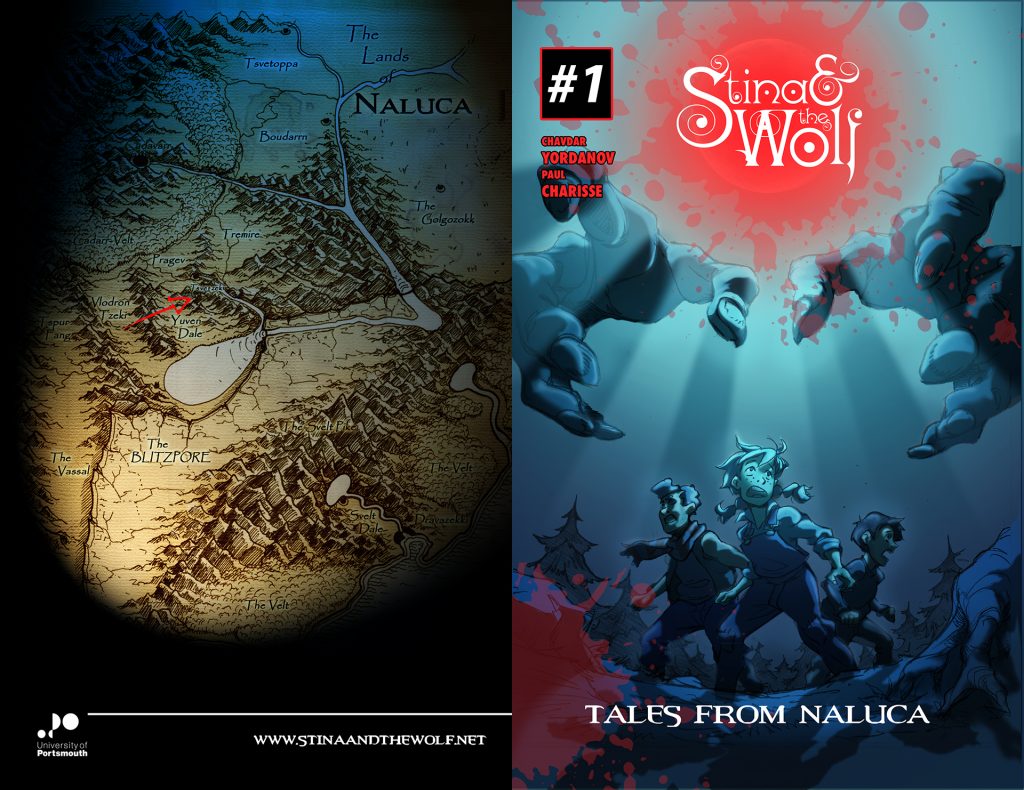
The final printing was all very last minute and went right down to the wire, but we got it all out, just!
Some comics stacked and ready to go to the Comic Con punters (with a free sweet – that clinched it):
Although the comic carries the “Stina & the Wolf” logo it doesn’t actually tell Stina’s story, we are leaving that for the film. It tells another story from what we are calling our “extended Stina universe”. As well as the screenplay for the Stina film, we have created a richly detailed and expansive universe of cultures, characters and histories; this has already spawned a number of short stories (one of which: “the Stover” was the one transformed into the comic) as well as a role-playing environment that has allowed some of the Stina team to explore the world of the film for themselves:
It’s been a great chance to explore the Stina universe as actual characters who have to live in it, and it’s added real depth to the world of the film and created brand new stories that go beyond Stina’s experiences (not to mention beyond her continent!) The players have been able to shape events and ideas that are only hinted at in the screenplay, and this has been feeding back into and shaping the world lore.
I shall be publishing the short stories in a collection when we have enough to fill a decent sized volume. (We have 3 at the moment) And I’ll also be publishing the “Stover” comic online sometime soon. We are thinking of adding an extra tab to this web page for the comics and short stories, so keep your eyes peeled!
Our thanks go to the Peta, Naomi and the University for allowing us the opportunity to make the Comic, as they paid for its production. Hopefully the “#1” on the front of the comic will soon be joined by a “#2” and there is already talk of a University presence at the next (and apparently bigger) Comic Con in May 2017.
Until then, as always, we are getting closer and closer to finishing our 5 minute short film and have now finished calculating all of the dynamic animation passes (hair, grass, trees, plants, cloth, rope) and are about to start preparing all the shots for final render.
Much more on this soon..
Stina’s skin shaders and finishing the short
I haven’t blogged about Stina for some time. This was mainly because there are only so many ways you can say “we are still working on the short film” before it gets a bit dull, particularly as the most exciting parts about the new film we want to keep under wraps until it’s out 😉
However, we are now “animation final” for all the animation and are getting close to starting the final renders off and are are just giving the shaders a final “spruce up” before sending it all off . We are scheduled to have an in-uni dedicated render farm after Christmas, so will probably start rendering when that’s up and running.
Today i just wanted to chat a bit about shader development. For those unfamiliar with the complex world of CGI, a “shader” is a computer algorithm that allows a 3d model to have surface properties that dictate the way it reacts to light. This includes the base colour of the object, often a painted or photographic image, the intensity and colour of the reflections and, particularly in the context of skin, the translucency of the object and the way that light changes colour as it hits different levels of depth. (this is how that unique “skin tone” effect is created) Also any tiny sculptural details such as pores or scratches that are too small to model.

This image above is only partially rendered, you can see the areas that are still being calculated look noisey and incomplete. For shaders such as these, although a lot simpler than skin, there is still a lot more work needed than meets the eye to add a level of textural realism. The buckle for example is actually made up of 2 shaders blended together; One is made to look like rust, using a painted image of rust colours combined with a very rough , reflective surface. And the other is a shiny metallic surface that reflects everything around it. These two are blended together. A “mask” is used to tell the renderer which shader to use where on the surface. In this case an image of scratches was used as a mask:
The image was colour corrected, so the contrast made the scratches distinct from the background metal and it was used as a mask to simulate the chrome metal plating being scrapped off the buckle, causing the ferrous metal beneath to rust. To add even more realism an “ambient occlusion” map was created, and this was added in addition to the scratch mask. This allowed rust to be visible in the areas where the surface joins are, as liquid would be more likely to settle and corrode in these areas over time. An “ambient occlusion” map is a texture created that assigns a colour (normally black) for areas that are in creases and another colour (normaly white) for areas that are clear of any other surfaces. an example here:
You can see here that ambient occlusion creates dark areas in the creases, perfect for blending in a rusty material that has formed into the cracks and scratches. You can also see the effect used here in the door handle and bindings used in the opening shot of our short film:
If you look carefully you can also see the same effect was used in the wood shader. The wood is lighter and bleached in areas that would get a lot more sun, and darker with more color saturation; as if the wood has retained its original staining in areas that would get less harsh sunlight. Although this may seem like a lot of unnecessary trouble to go to, these elements all add up to create a feel and atmosphere that although not immediately noticed, are registered subconsciously and if absent can make the render look very “CG”.
So the hardest shader by far to make on a project like this is the “hero” skin shader. And particularly tricky for us is hitting the right mix of realism and stylization. This is something i suspect we will be tweaking right up until we press “render” on the final film (or should i say “composite”, as we will probably fiddle with things a lot after we’ve rendered them, but that’s for another day)
The main tool in our shader box of tricks for skin is “sub-surface-scattering” or SSS for short. This technique usually involves creating 3 different colour maps to represent cross sections of the skins colour at different depths. In the case of skin: epidermis, dermis and subcutaneous:
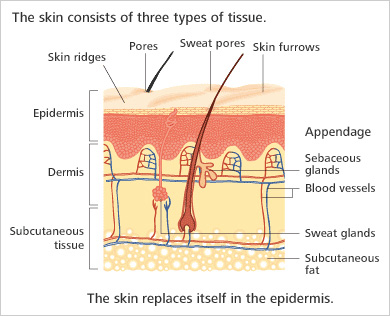
In a basic rendered ball example, using just simple coloured textures for each of these layers a CGI skin shader looks like this:
However, to simulate the appearance of real skin on a person requires a lot of observational skill. You have to pick out what colour goes at what depth and where. And what part of the colour is actually not the skin itself, but the result of the oily resdue produced by the pores that permanently coat the skins surface, as this creates a slightly pearlescent sheen. This isn’t a new battle, artist having been obsessively trying to capture the various qualities of skin in art for hundreds of years:
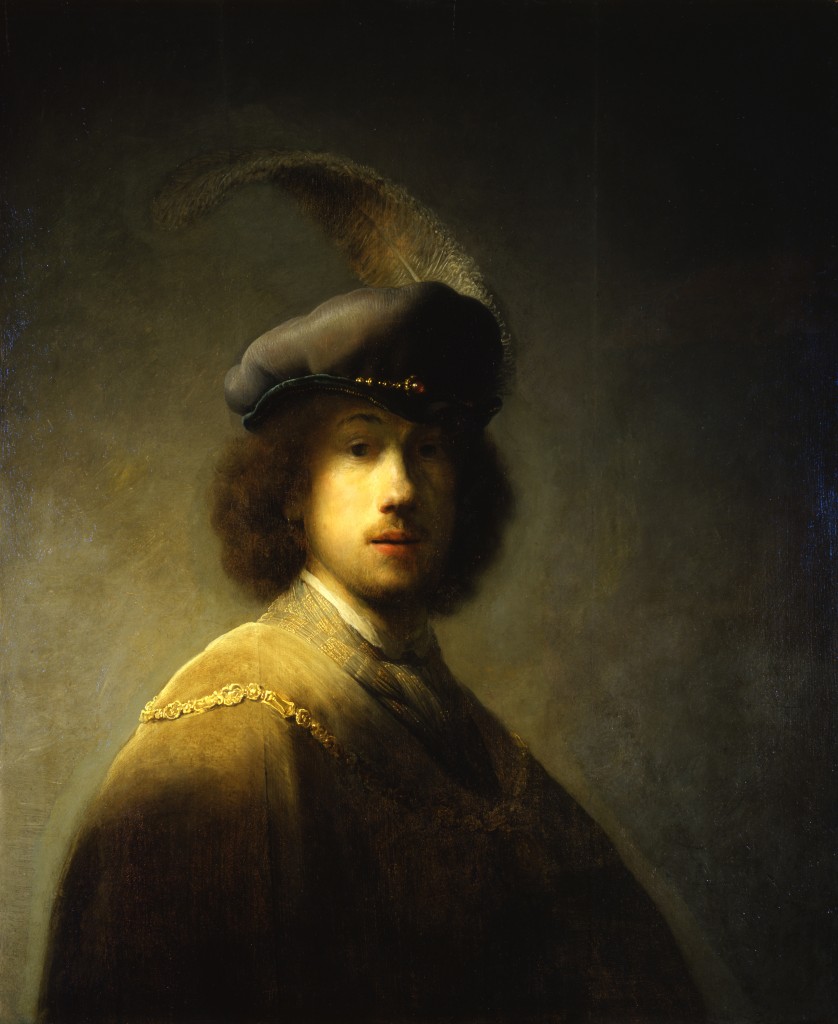
23TODO – Self-Portrait, Age 23
1629
Rembrandt, Dutch, 1606-1669
Oil on wood, 89.7 x 73.5 cm (ISABELLA STEWART GARDNER MUSEUM)
The way this is handled in the CGI world, where we have to try and build a representation of skin that aspires to work under any lighting condition, is the “skin shader”. The default one in Arnold is illustrated well in their documentation here:
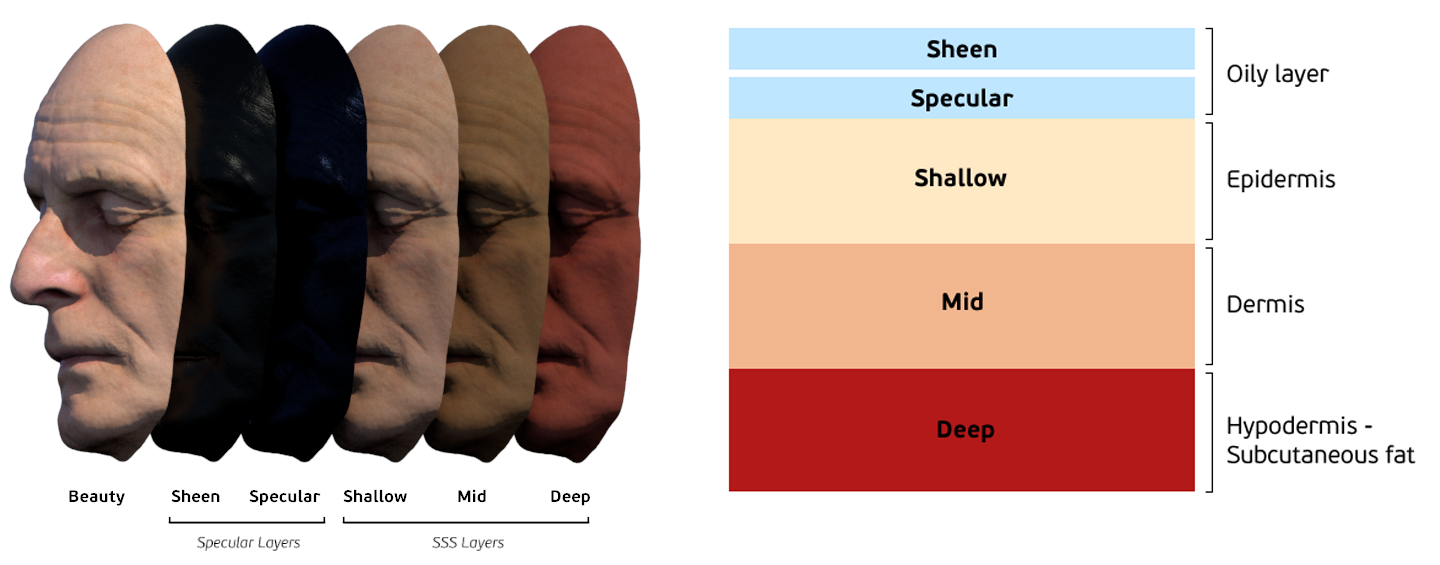
They allow for 5 layers in total to build up the final look. Almost like layering translucent paints over each other to get a final colour. They have two reflection layers “sheen” and “specluar” that allow for the oliy sheen that covers the whole face, and another layer of shine for moist areas such as the mouth and eyes, as well 3 layers of colour at different skin depths. Here is an example of some of Stina’s early development colour maps unwrapped as single images. This first was used at the Dermis level, the second at the Subcutaneous level:
One key thing in developing shaders like this is consistency. We use a single lighting environment for all our shaders. It has a simple studio style 3 point lighting set up, and a High Dynamic Range map that simulates a realistic forest environment. This gives us a nice range of 2 extreme lighting conditions. It is very important that all the shaders are made under the same lighting situation, as if they aren’t its very easy to end up with shaders that react unexpectedly. We also use a neutral mid grey shader ball so we have a constant object for reference. Here are some test renders using our forest shader “Look Dev” scene:
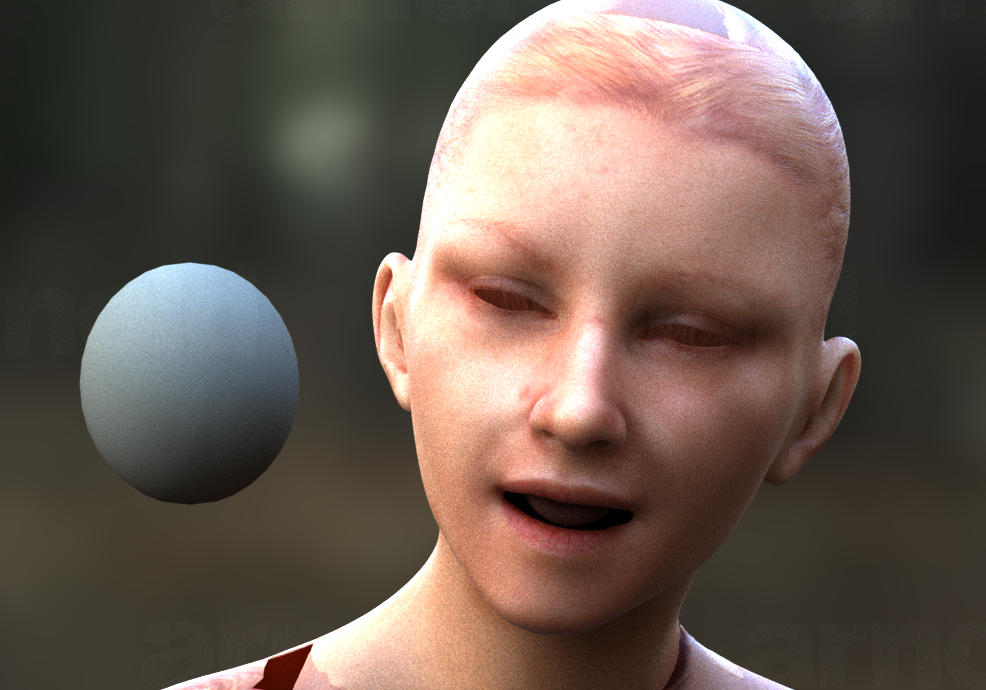
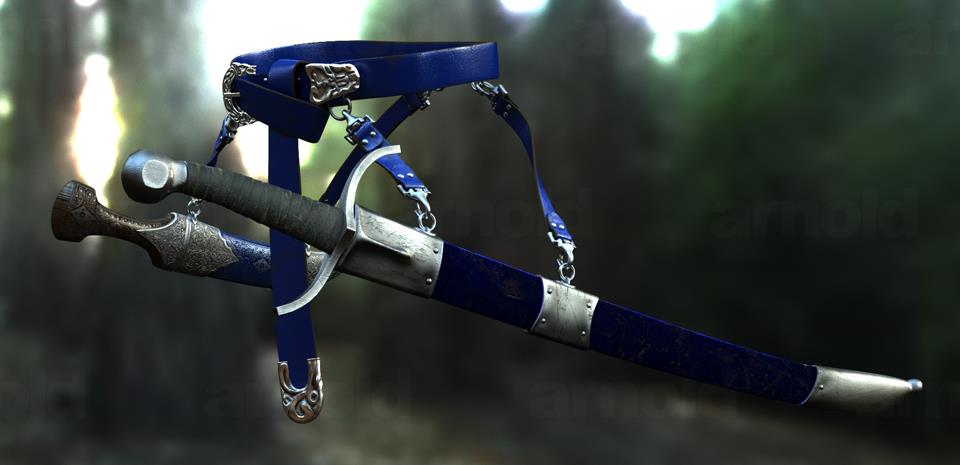
And here’s one using our studio lighting setup (notice the SSS on the teeth. I’ve posted a real photo also so you can see how we reference for the shader development. Reference is key to all of our shader work):
I shan’t go into the whole development process of the skin shader, as that’s an article in itself, but i’ll post an example below showing where we are now with the look development of it. I’ve also included a picture from the film “Tin Tin”, as the film we are making is similar in nature, in that we are trying to find a middle ground between realism and sylisation, which is very tricky! Broadly speaking, we are trying to achieve “hyper realism”: exaggerating textural elements as a means to emphasis ideas in the story; making her skin slightly too perfect, too translucent, too opalescent, her eyes slightly too intense in the way they catch the light. It’s a slow and iterative process and experimentation is the key. We are now at the point where we are hovering at the door of photo realism, possibly even more than “Tin Tin”, and will use the short film to see how well this works with the animation, as a moving shader is quite a different experience to a cunningly framed still, particularly when its talking!
Kickstarter, Podcasts and the Future
Kick Starter
This was our first serious foray into external funding for the project and was a big learning experience for all of us. We worked very hard for 6 months on our Kickstarter campaign, with endless rewrites and redesigns of the Kickstarter content, promotional work on Facebook and Twitter, video interviews and promotional videos and produced a ton of graphics and banners. But unfortunately we didn’t hit our target of £50,000.
We did receive a lot of great support however and got a lot of useful exposure on social media (our thanks to LiasonPR for their work here) but at close of play we only managed to hit £4,332 towards our target.
It was always going to be a tough challenge raising that much money on Kickstarter and had we been funding a £4,000 short (which we are effectively making at present with no direct cash funding! Although with much appreciated continued support from our industry sponsors) we would have succeeded.
We are now looking at other funding ventures down more traditional film funding routes; more on this in the coming months.
Podcasts and Q&A
During and after our Kickstarter we started doing some podcasts and video sessions. As director I was finally forced to come out from behind the camera and perform along with some of best and brightest Stina crew members (thanks to student Oliver Hermann for doing a great job comparing these sessions; if CGI doesn’t work out for you there’s always the chat show circuit..) The results are available in audio or video format below:
These were the result of Q&A sessions posted on Facebook and Kickstarter (Particular thanks to James Devonshire here for all his excellent questions. They gave us a lot to talk about!)
The Future
We are now into our post-university-term “Stina crunch time” period, where we work full time like a professional studio and try and produce some finished work for the film. We had a very successful stand at the university end of year show last week, with 2 full size manikins scaring passes by in assorted costumes from the film, props from our shoot and lots of pics and videos to look at. (We won’t be posting pictures of this, as it has some reveals from our new short) We have a smaller crew than usual this year, but are luckily some way through the production process already, and are very excited about the results of the 4 minute film we’re working on. It contains a reveal of a new character and is looking like our best work to date! A few video render tests below (lots of thanks to Anatoliy Yudanov here for helping out with some tree animation):
Hopefully this piece will form the core of our next big fund raising push. More news on this in the coming months, but we are hoping to get it all wrapped up by September. (depending on team numbers etc.) More about this as it progresses..
Paul
First Assemble of Film
It’s been a few months since the last blog but we’ve been very busy. Preparations for our kickstarter are well under way with the layout, background info and rewards now complete and we’re busy finalising our presentation video with the help of some talented film students (Directing myself wasn’t really working out, so we needed help). This was after a few abortive attempts at comedy, mostly involving me strapped into a harness and spinning from a tree in front of a make shift green screen with help from the most dedicated of students (plus some very bemused onlookers; for health and safety reasons we strung me up in a local park, well away from university property!)
We have also completed the first assemble of the whole film from on-set reference footage and audio, storyboards and music. It’s an old film cliche, but it really has been a case of making the film 3 times: once when you write it, once when you direct it and once when you edit it. There have been profound changes each time and each stage has seen a new creative challenge and added an extra layer of depth and clarity to the story telling. What we have now isn’t technically an “edit” yet, (it’s an assemble/first cut hybrid for those who know film jargon) as I’m just using the onset reference camera from the Mocap shoot, plus the hand held reference footage I shot on my iPhone whilst directing. This is all interspersed with storyboards and concept art. I’ve still been able to make a lot of editing decisions though, based on the rhythm of the performances and the wider story beats and dramatic arc. This will be refined into a much more polished edit once we add framed cameras in CG, but what we have now is a version of the film that’s watchable from start to finish, and has most of the character drama of the movie (if none of the visual flair, being mostly played out in a small room with leotards!)
The exciting thing is that it works, even at this stage. And it’s a very emotional ride. First reactions from those who have seen the assemble so far have been tears. I suspect this was provoked by the ending and Becky’s amazing ability to lose herself completely in the emotion of a scene. (whilst surrounded by a large busy crew, me barking orders, and supermarket style lighting; no mean feat!) Obviously no tears fell from my eyes, as I’m a bloke.
It’s going to take years yet to transform the 1 hour 50 cut into fully computer generated footage complete with character bodies and sets etc. and will require a lot more very talented artists to contribute to it, but it’s going to be a journey well worth the effort. From what we have already, I think the final product is going to be magical.
Paul
Siggraph 2014
So, the Stina project completes it’s second trip to Siggraph, the biggest and most prestigious Computer Graphics and VFX conference in the world (first held in 1974) This year it was held in Vancouver in the impressive conference center located on the water front:
It was a great event and exciting for lots of different reasons (I may have had a few plays on the latest Occulus Rift). In attendance was myself, Alex and one of our students Oliver Herman, who was there as a Siggraph helper, but also undercover to help us promote the film.
Our first event was a presentation on how we’ve been using the film as a method of teaching our students. We were in-between two other presentations by other film projects being developed in the education sector. After some initial panic about absolutely nothing working with our powerpoint, we finally got it going and got ready for our biggest presentation to date:
The talk went very well by all accounts, with some great questions at the end, although the turnout was rather smaller than we’d hoped for (Around 35ish, we were competing with some much higher profile presentations that day unfortunately) We were very excited to see that Jorge had come to see us however, a head of one of our main sponsors SOLID ANGLE. It was also very interesting to see what other universities had been up to and we got some useful insights into improvements we could make in scheduling our student milestones.
Before our next presentation we had some time to check out the conference exhibition hall where Stina was making a debut on few of our sponsor’s stands:
At the VICON stand
At the FACEWARE stand

And playing out in the dallies reel over lunch.
We also had a chance to talk to the guys at FABRIC ENGINE who make a piece of software that may just save our bacon when we start transferring our entire film pipeline over to Maya (which, for those who don’t know we have had to do as the software we have made our film on up until now: Softimage, has now been canceled by the people that made it: Autodesk) This software will allow us to use the skills and methods we have developed in ICE, (a system of visual programming integrated into Softimage) within Maya, as the new release of FABRIC ENGINE will effectively allow ICE within Maya. This really did make our day, as up until that point the assumption was that all the skills we and the students had developed using ICE were now effectively redundant. We are also planning to open up this software to all the students outside the Stina project, as FABRIC ENGINE is now being adopted by commercial studios and will soon become an invaluable programming tool in a graduate’s arsenal of skills.
For our final presentation we were lucky enough to be sandwiched in-between some pretty high profile and exciting speakers, so our audience was guaranteed to be a lot larger:
Alex and I had 90 seconds to deliver our double act as the trailer played out on the screen. Luckily it was a lot more packed as we’d hoped, and we got a fantastic reception. It seems that the trailer is provoking a lot of very positive feedback from people who get see a lot of professional feature level work, which is very encouraging indeed. Also the trailer is now playing over on CGBROS, where we’ve had over 1000 likes so far (plus a lot of heated debate about whether the trailer is too obscure or not.. which i’m personally very happy about!)
The rest of the conference led to some great new discoveries for software solutions for the film: SPEEDTREE Looked ideal to help us solve our extensive foliage problem, allowing us to make dynamic forests and plants; and QUALOTH looked like it might be a very useful augmentation to our Marvelous Designer cloth pipeline, particularly as we now have to switch to Maya. (where it has an integrated plugin already developed.)
After a fairly modest amount of after show partying (thanks to VICON and FACEWARE here) and managing to catch up with our friends Lynette and George from 3d TOTAL , the conference came to an end. We were flattered by the praise and attention received by the trailer, which is testament to the hard work put in by all the students (now all listed under “The Team” tab above) Hopefully this, along with our recent CGBROS publicity has raised our profile to the level that will allow us to do some serious fundraising to take the film to it’s next big milestone: completing the previz. Watch this space..
Paul
Trailer finshed and success in FEST
Our trailer is finally completed. And we are very proud of the results. A year of hard work from Alex, myself and the other students is now up on show. We got it done just in time for our pitch in Portugal (apart from one shot of the crowd, which was finalized on our return. It turned out the people there liked seeing a work in progress shot, as it illustrated out process)
The pitching workshops were hard work. Great thanks go to Guillermo Garcia-Ramos who ran these sessions, which were fantastically useful and helped us really distill our film into a paragraph. (Not to mention that the sessions were very amusing, occasionally at our expense!) We ended up rewriting our pitch about 4 times. We also attended some very useful master classes and met a lot of fantastic people and were very inspired, if a little hung over by the end of the festival.
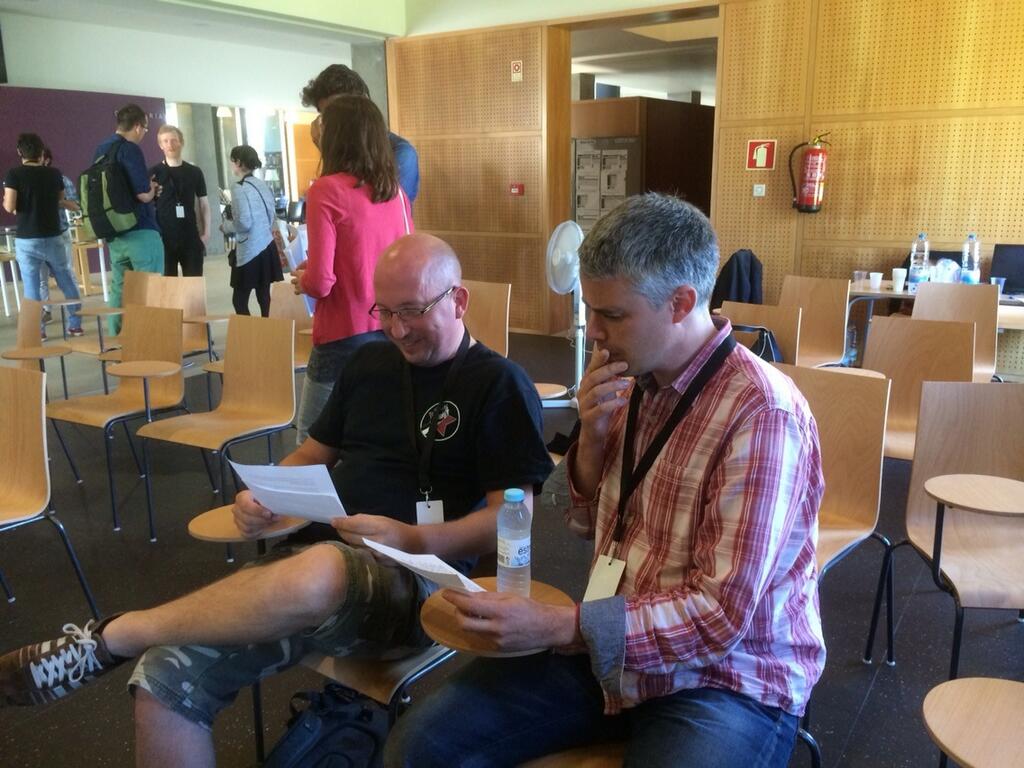
The actual pitch on the following day went far better than Alex and I were expecting. (Pays to be a pessimist: you’re never disappointed) I went first with the synopsis, then we showed the trailer, then Alex outlined the production side. Out of the 17 producers about 5 gave us feedback. They loved the trailer and said we had a saleable product. They were generally very complementary about the general look and feel of the film. There were some questions about why we had chosen animation over live-action, and a few quibbles about our two stage budget for previz to full production (they said quite rightly why would someone just want to pay for previz) Nobody seemed to bat an eyelid at the 12 million projected cost, which was a surprise.
A big coup for us was that Gareth Willey, Woody Allen’s producer liked our work and wanted to follow up back in the UK, to see how he could help us. He made it clear that his books are full for producing himself, but would see what he could do. The exciting thing here is that even if it comes to nothing, we have been validated by industry producers, that say what we’re doing is saleable. We are now on the radar, so it should just be a matter of time before we find a full time producer.
The one thing we were told though, is that it’s now all about the script. The door is open for us, mostly thanks to the trailer. But now we have to prove ourselves with the screenplay. Gareth emailed yesterday asking us to send it. We shall be sending it later today. I’ve given it a quick reformat in a proper screen writing application (as it was in word) and amended a few things from our shoot and subsequent story boarding. But it’s basically the same. I’m very happy with it, as it tells the story I want to tell in the way I want to tell it. But time will tell if it’s everybody’s cup of tea.
So, to summarise, we are about to send our script to a producer who’s used to reading scripts from Woody Allen. No pressure then. More on this next month.
Paul

